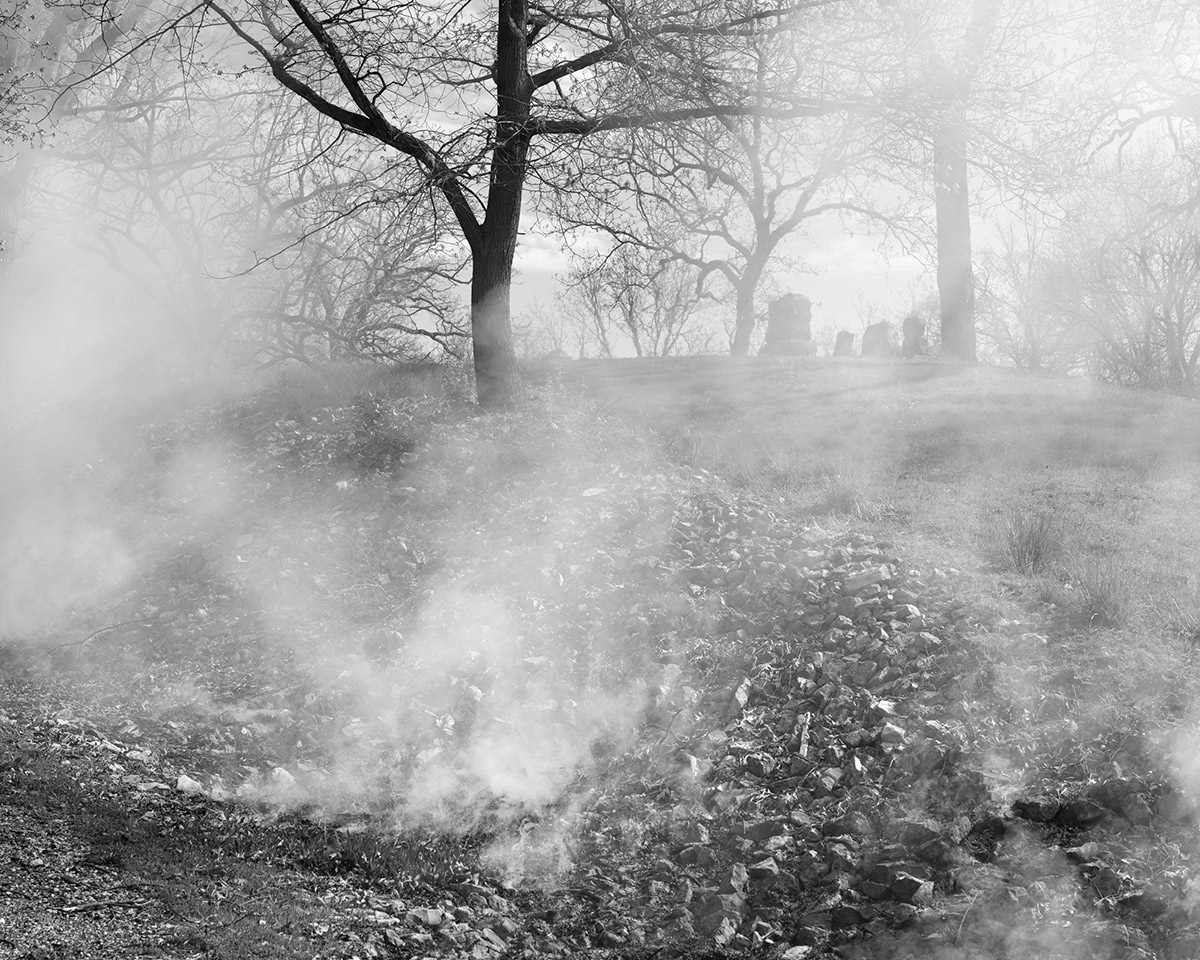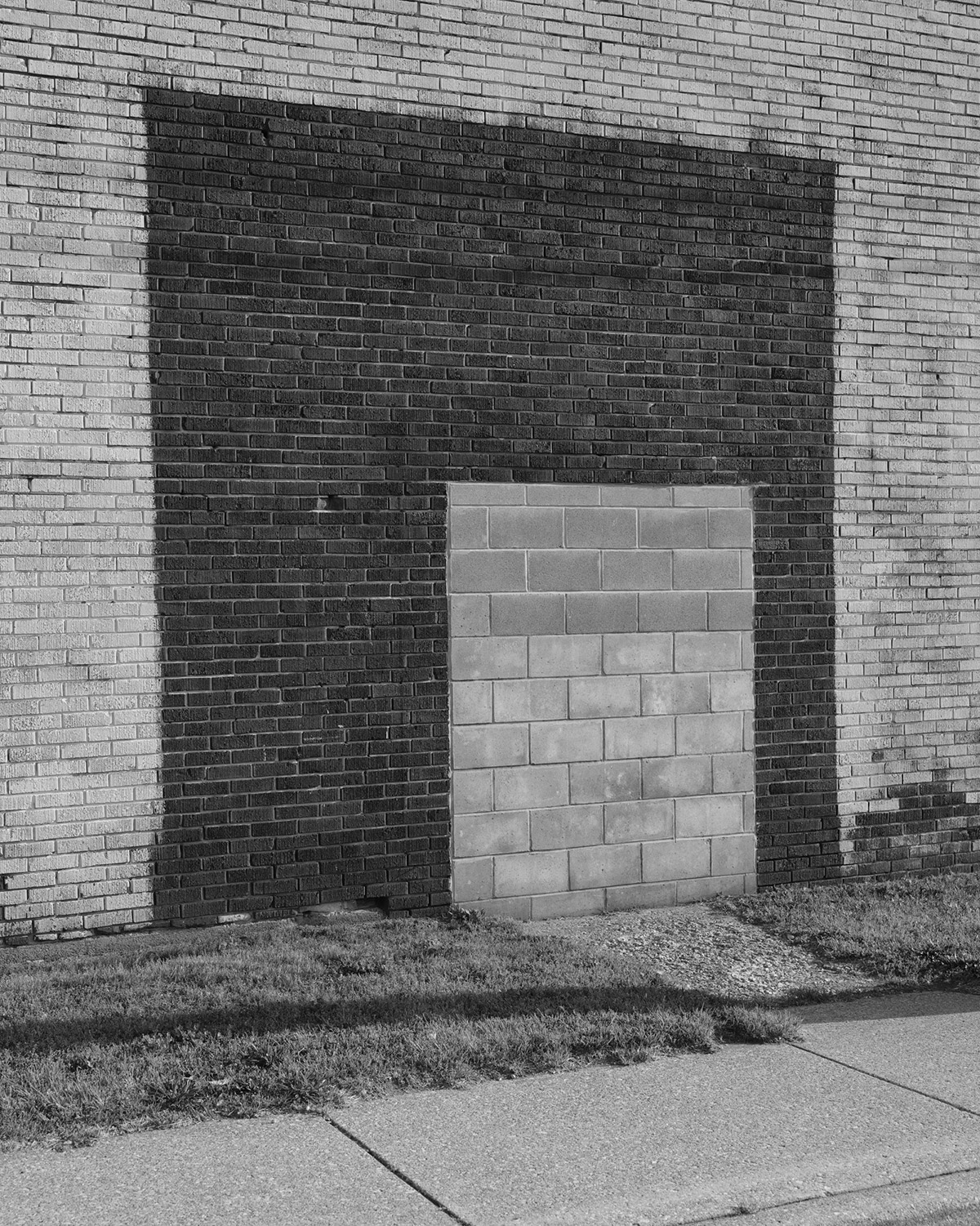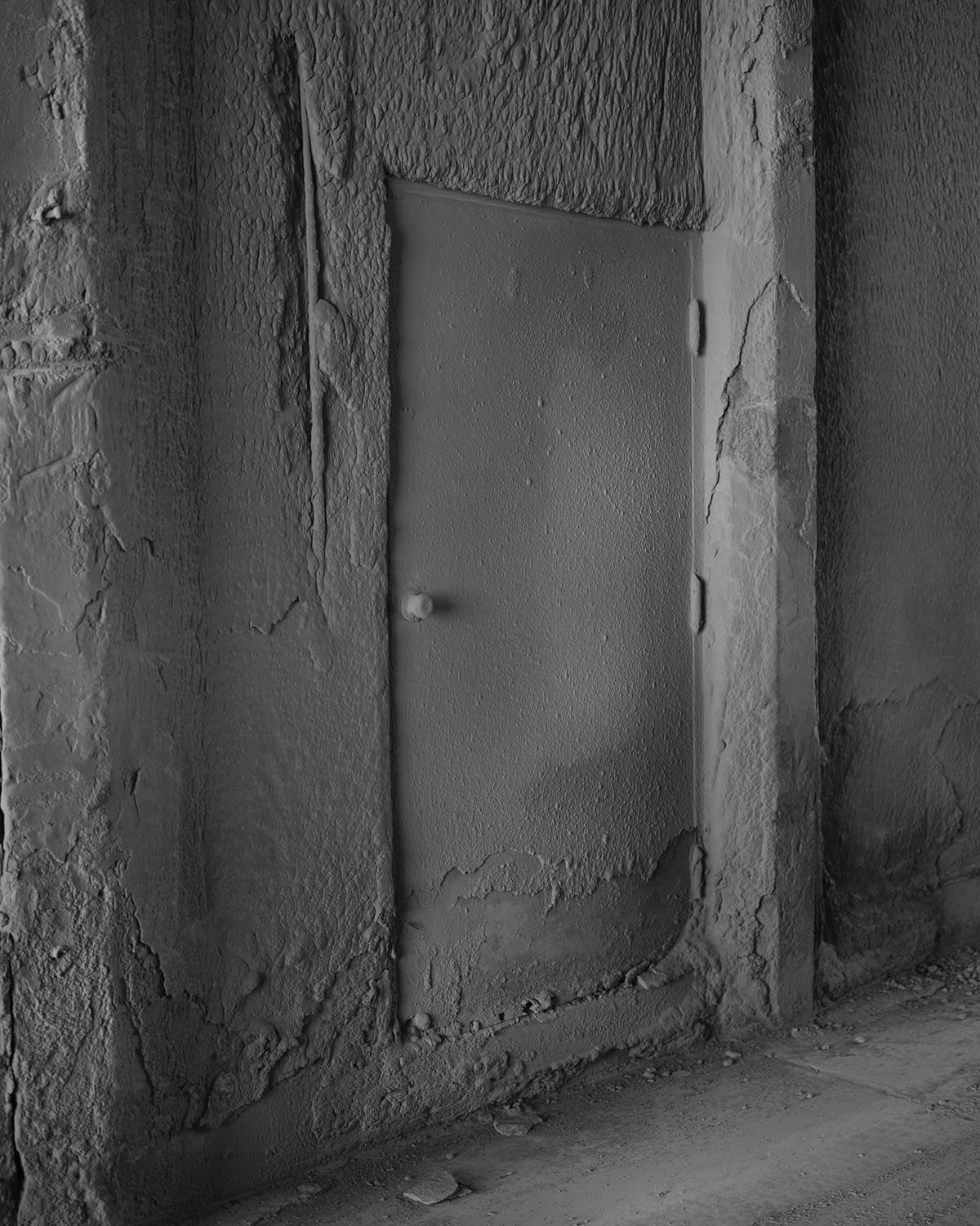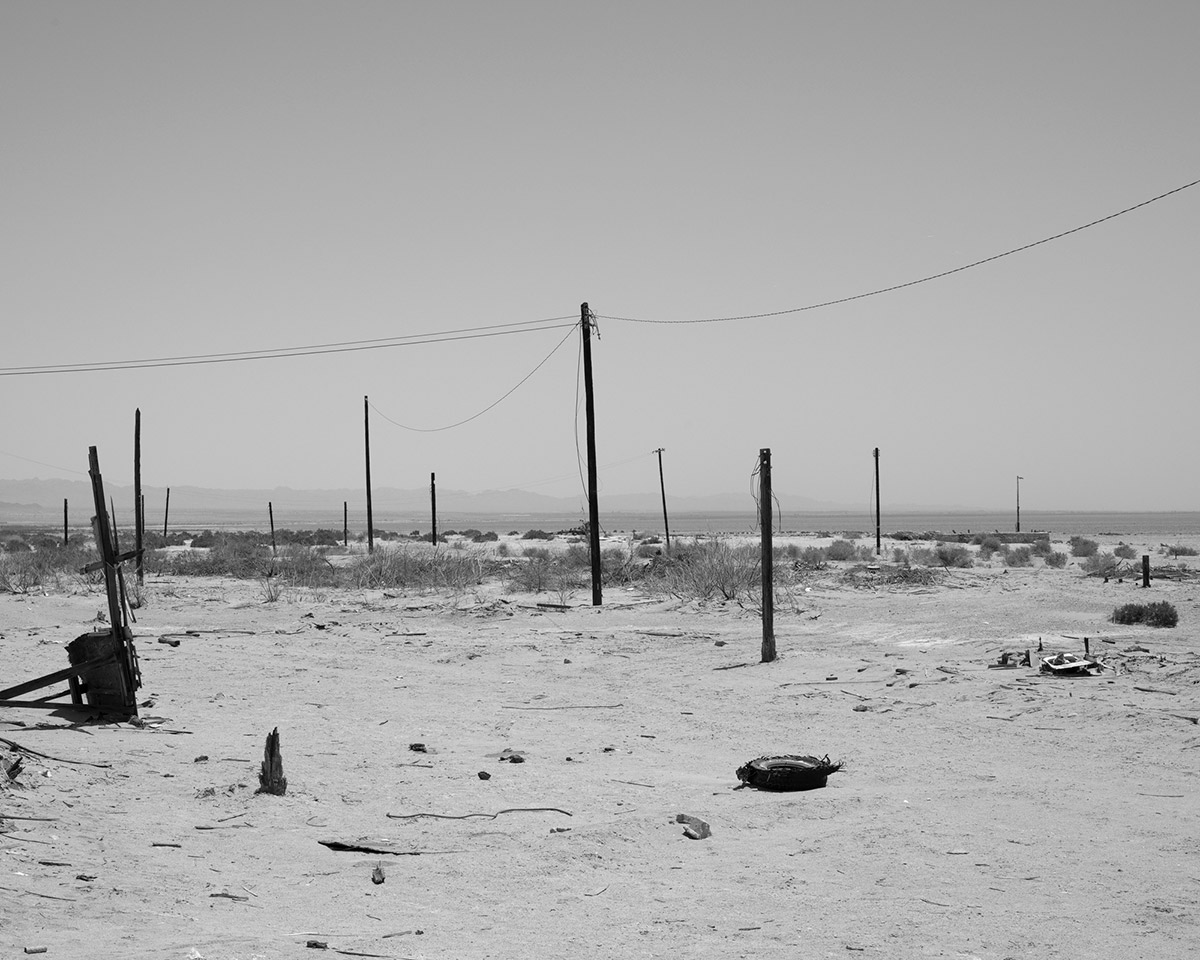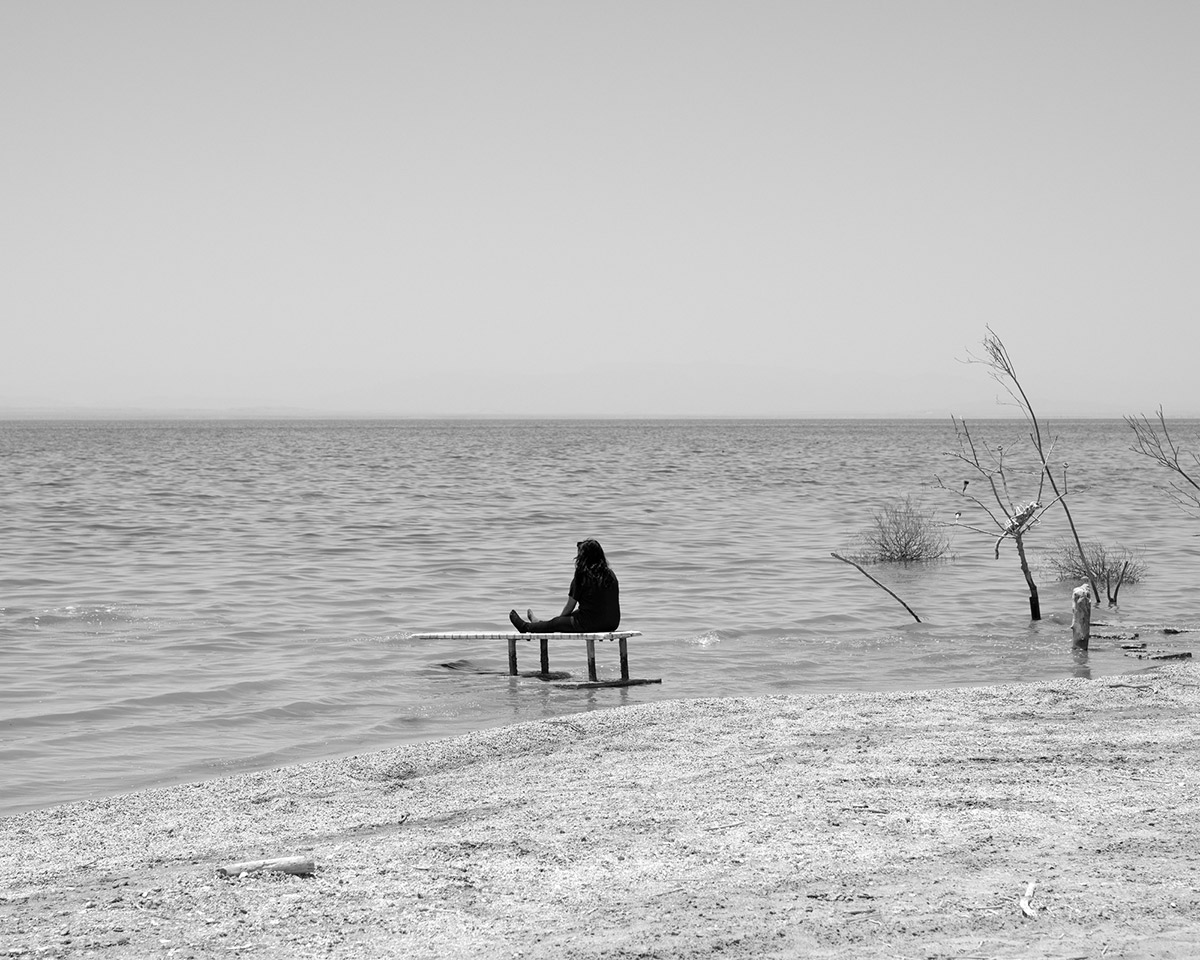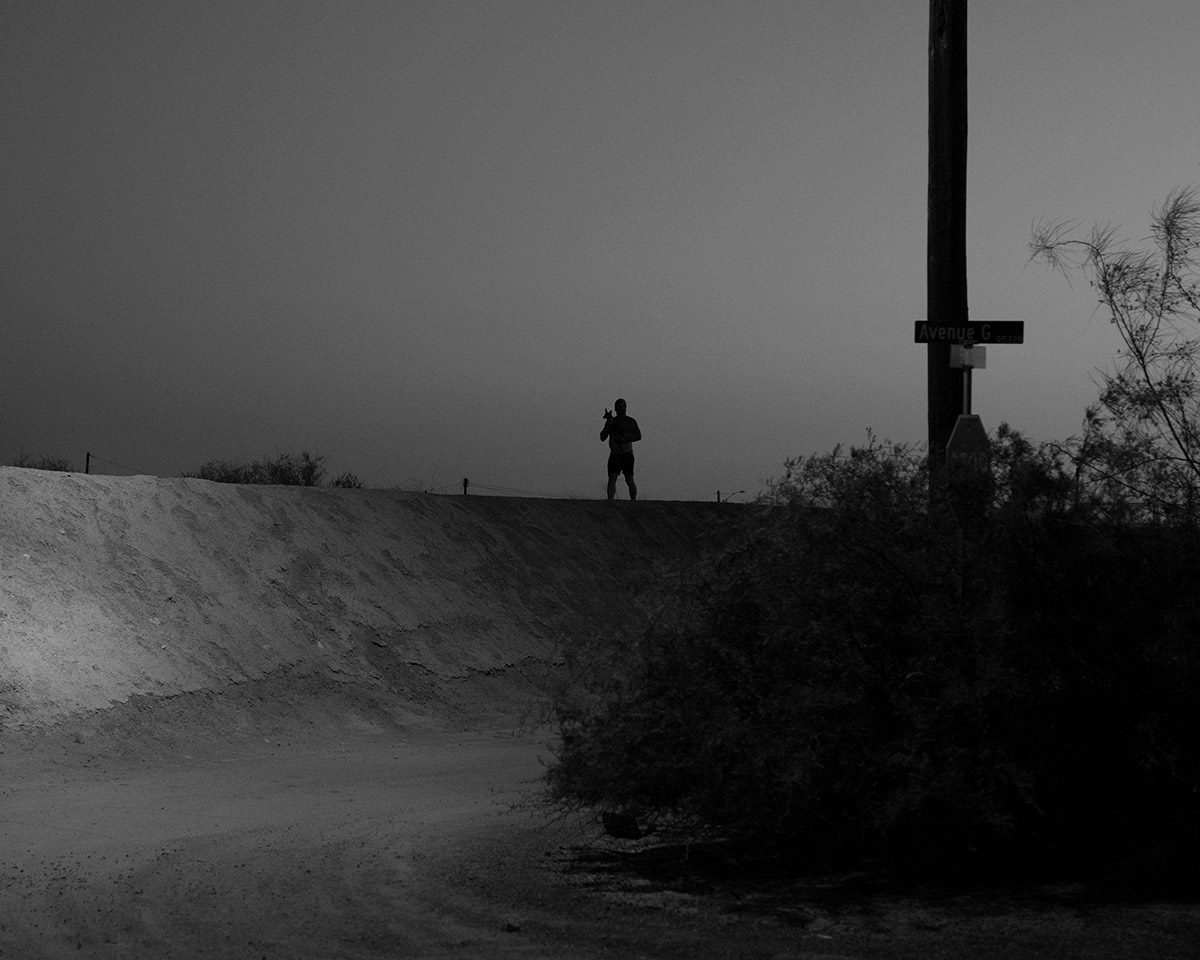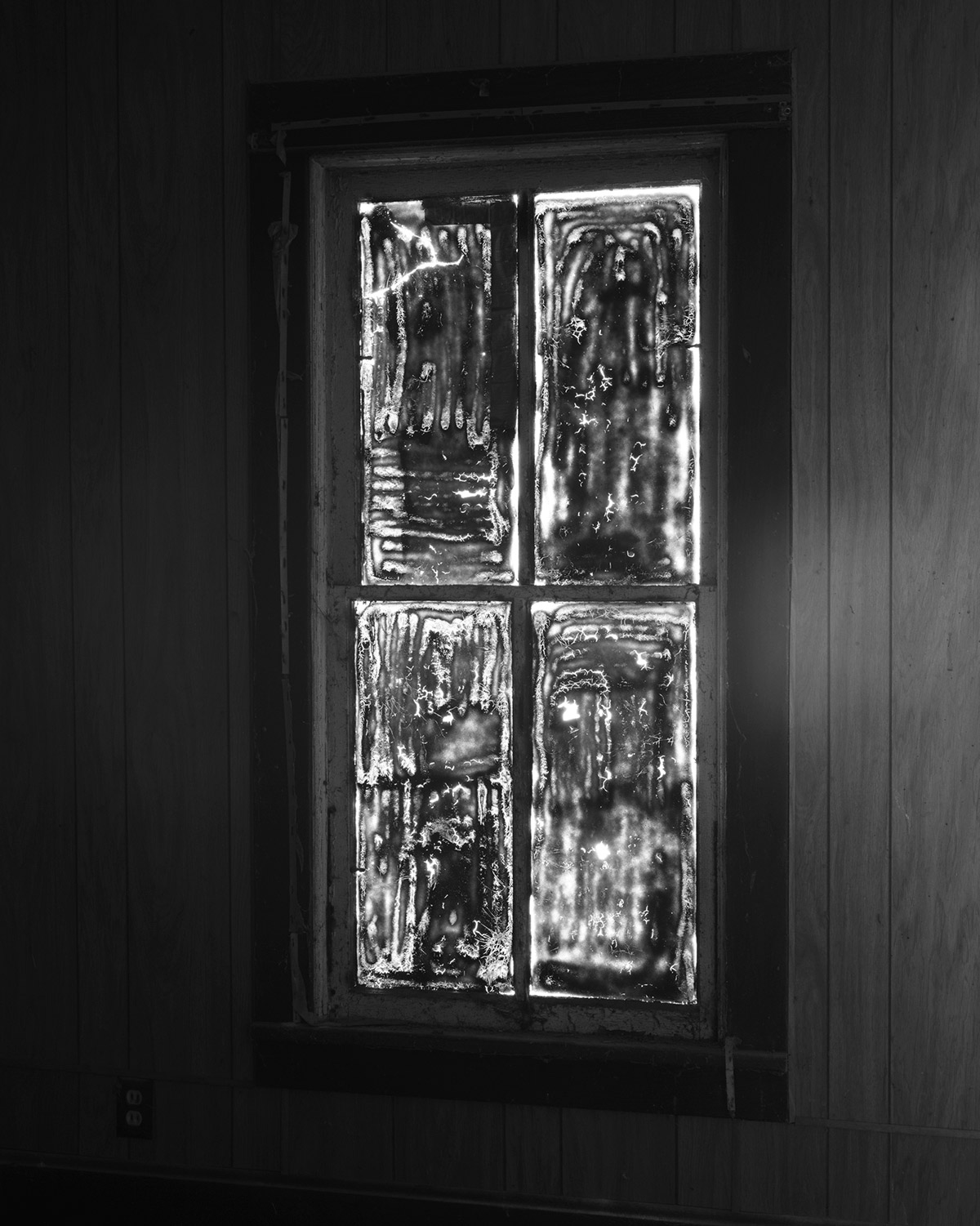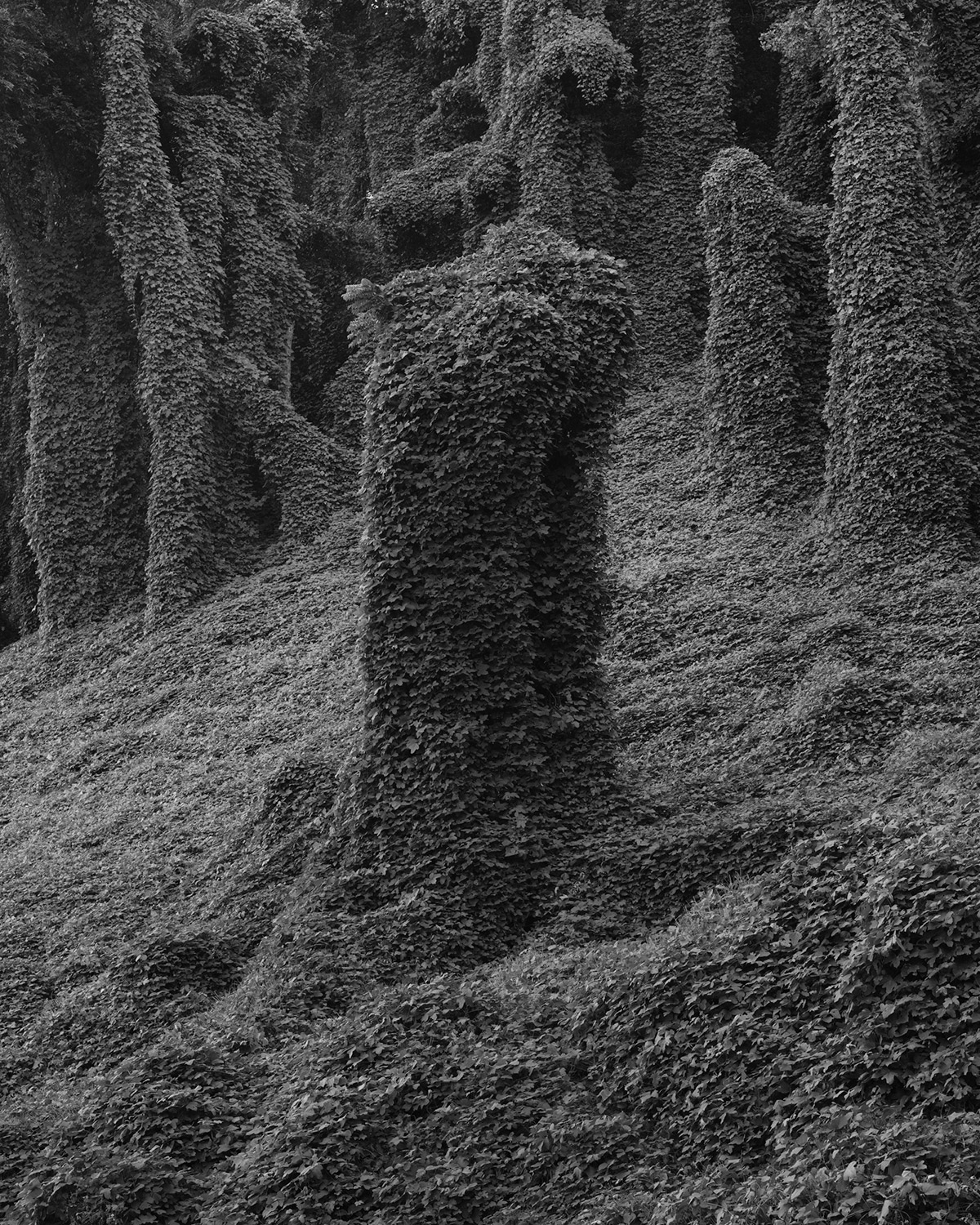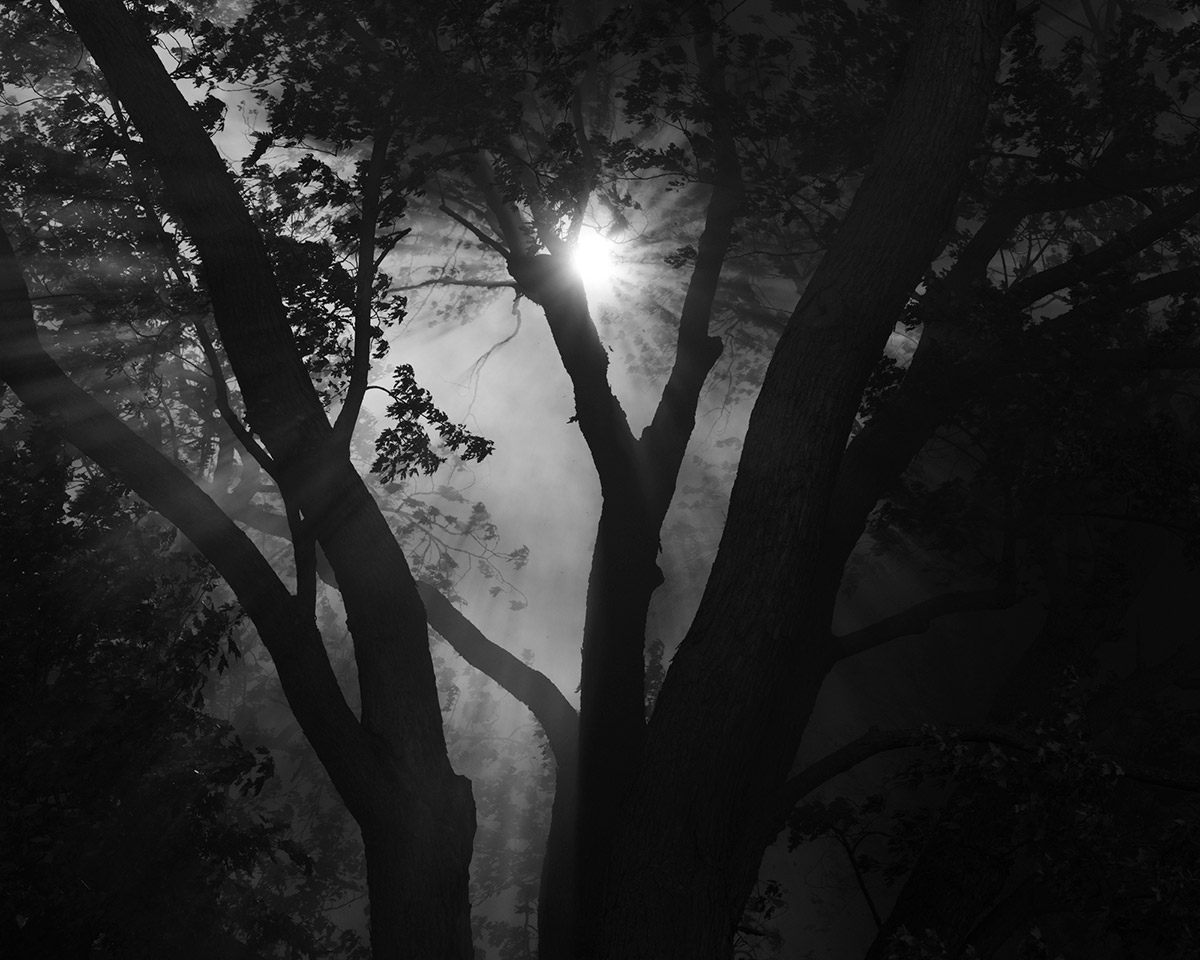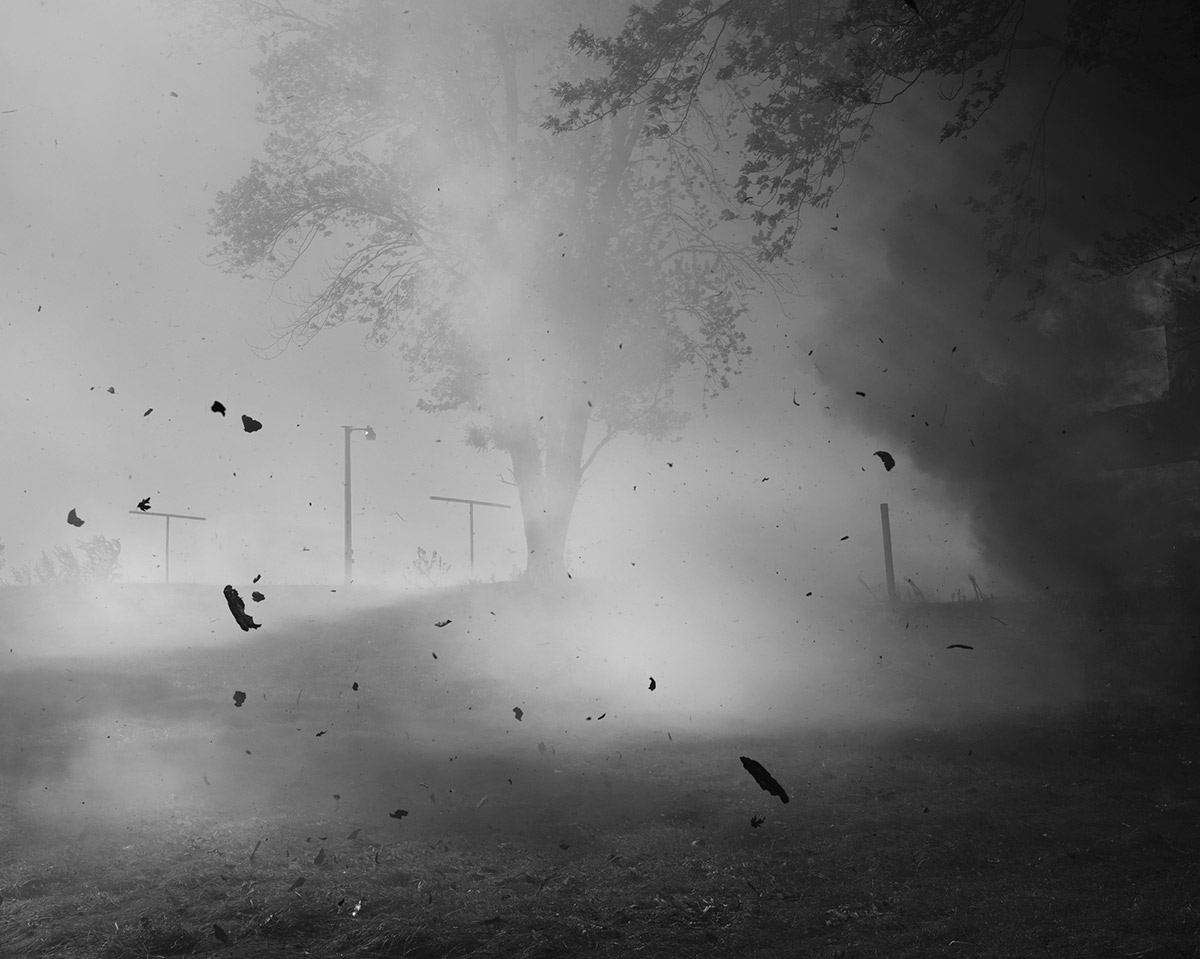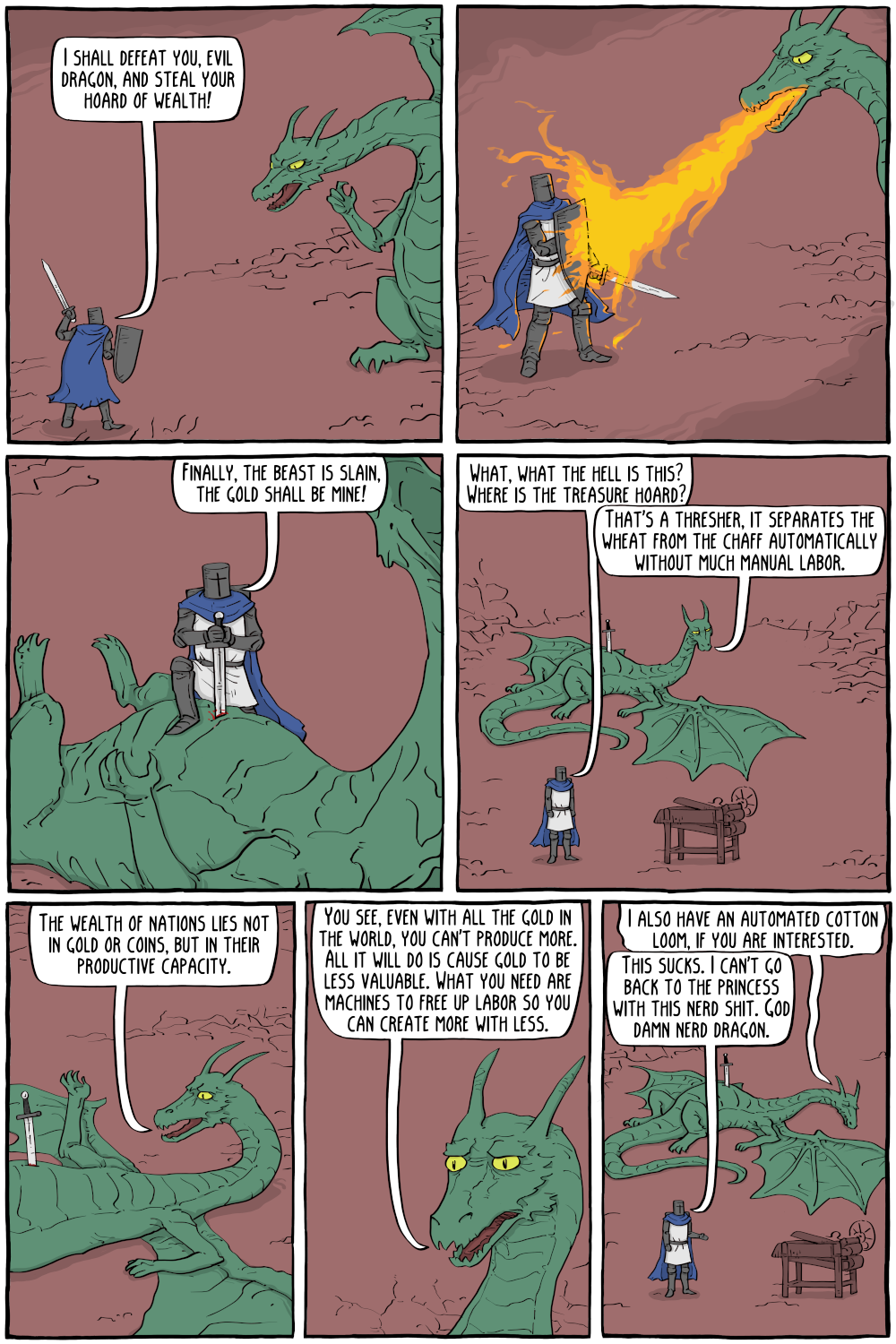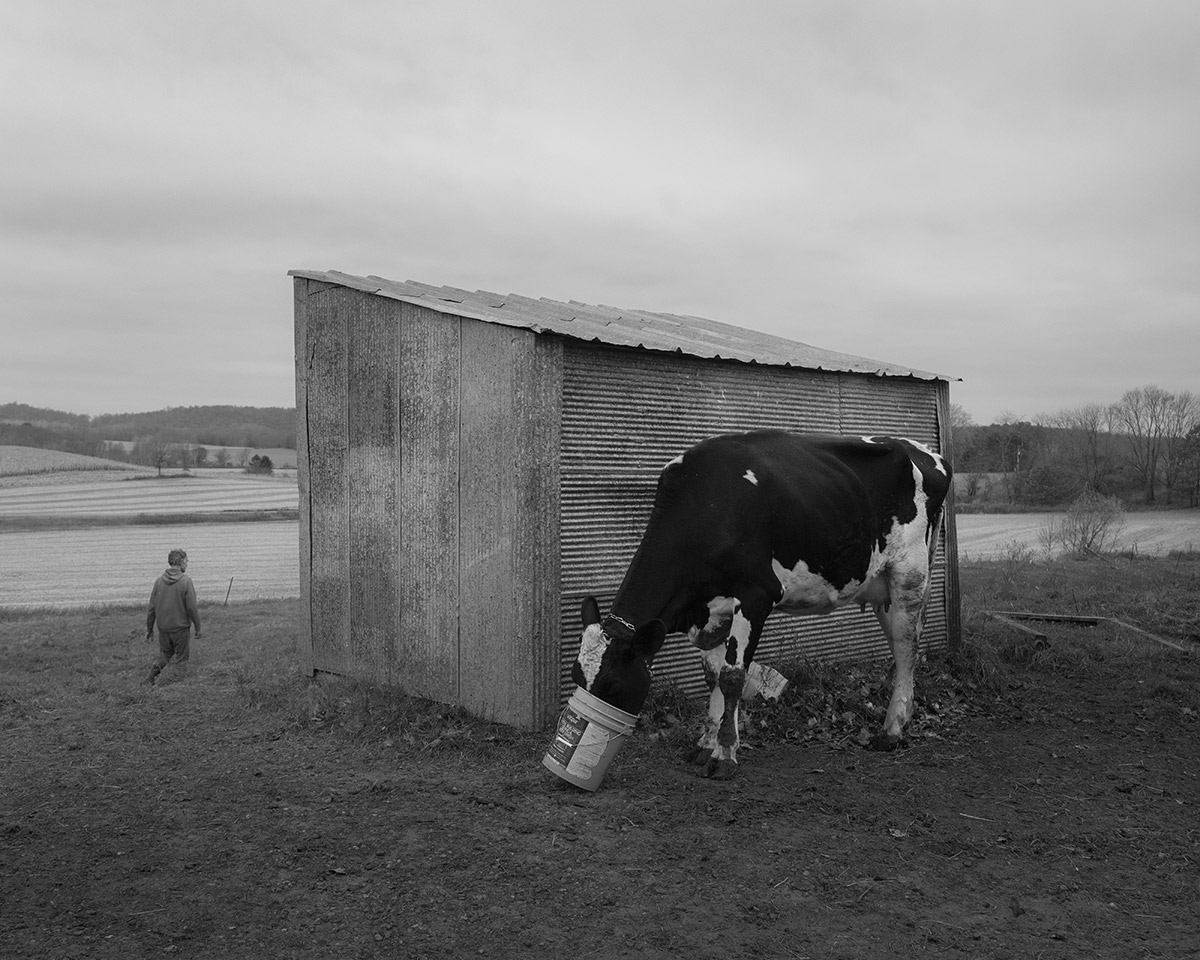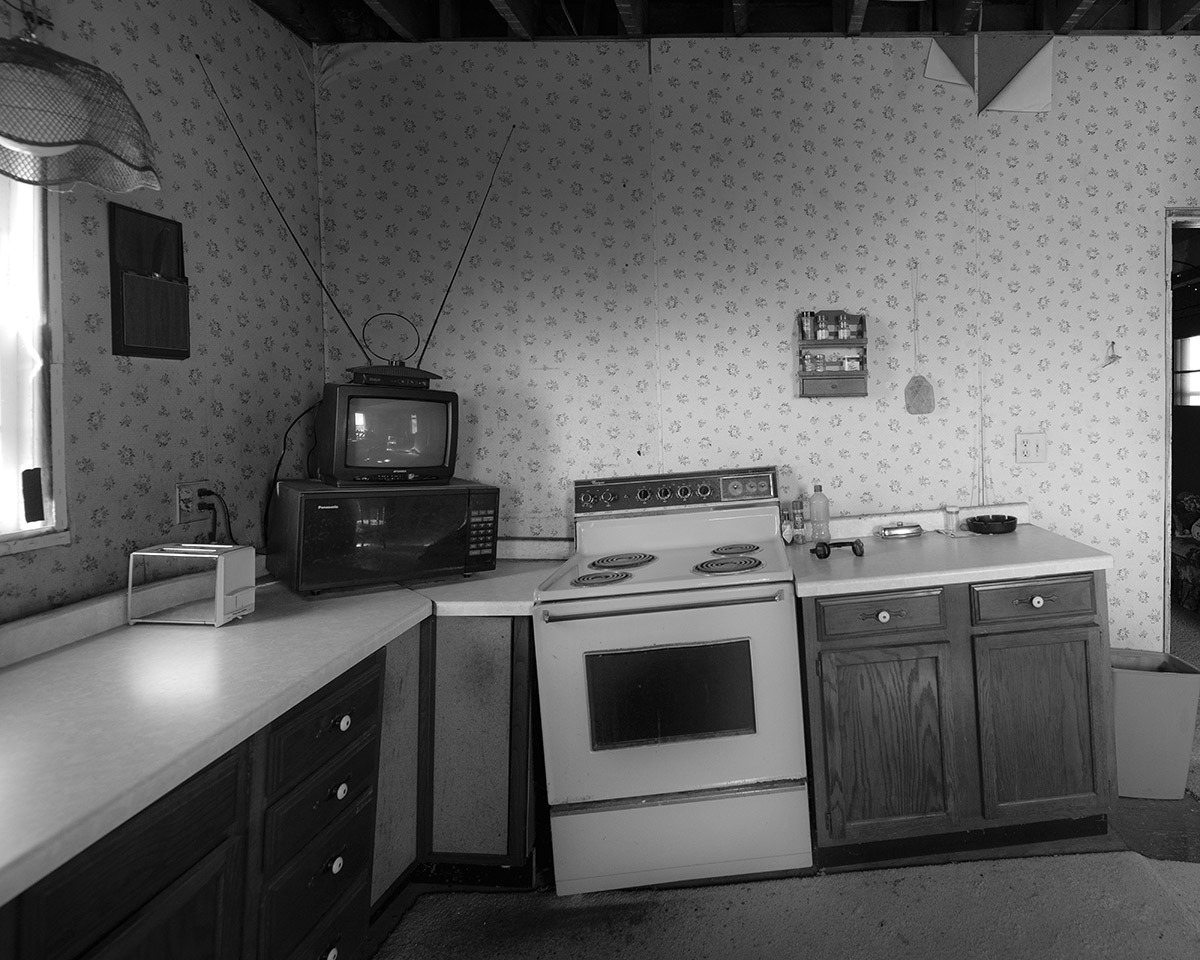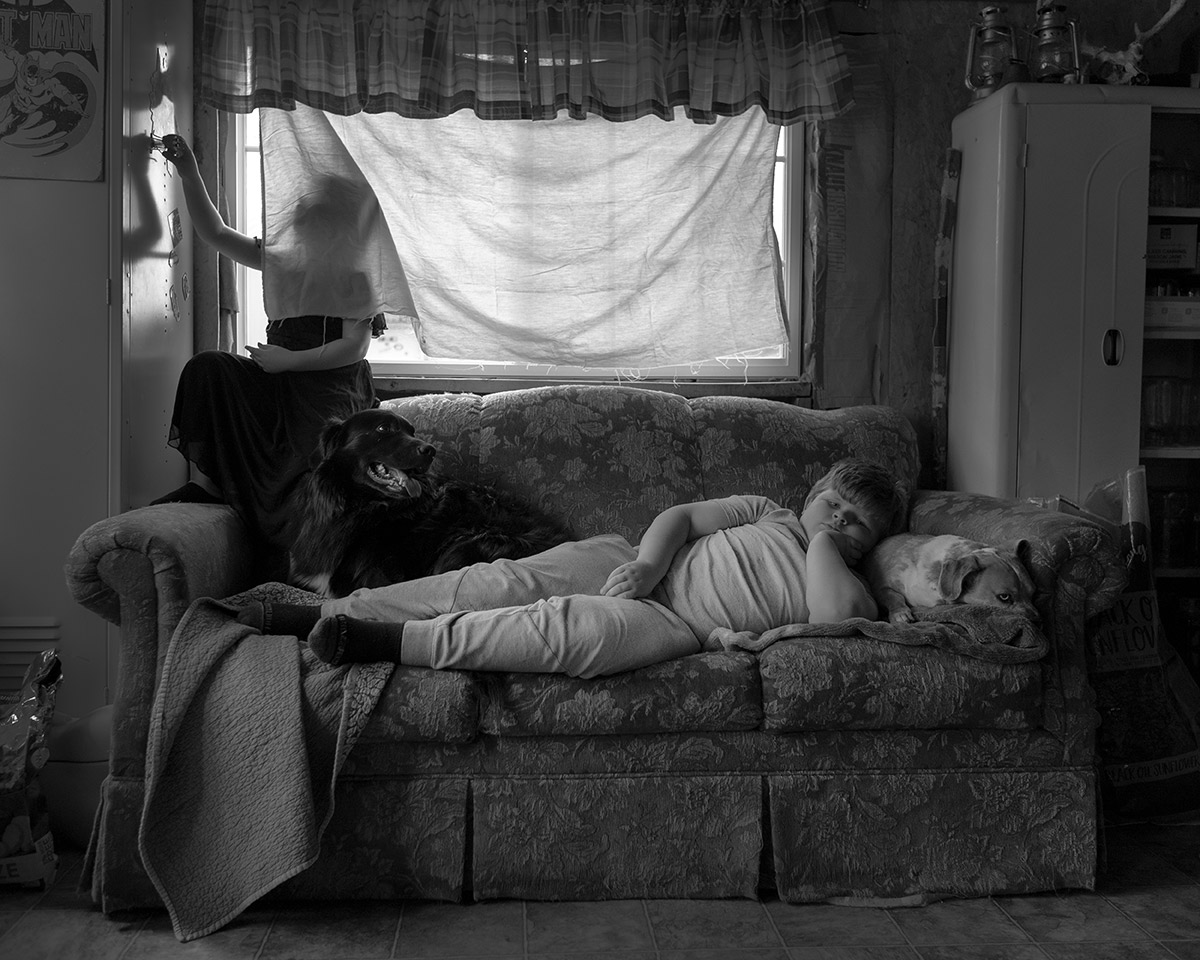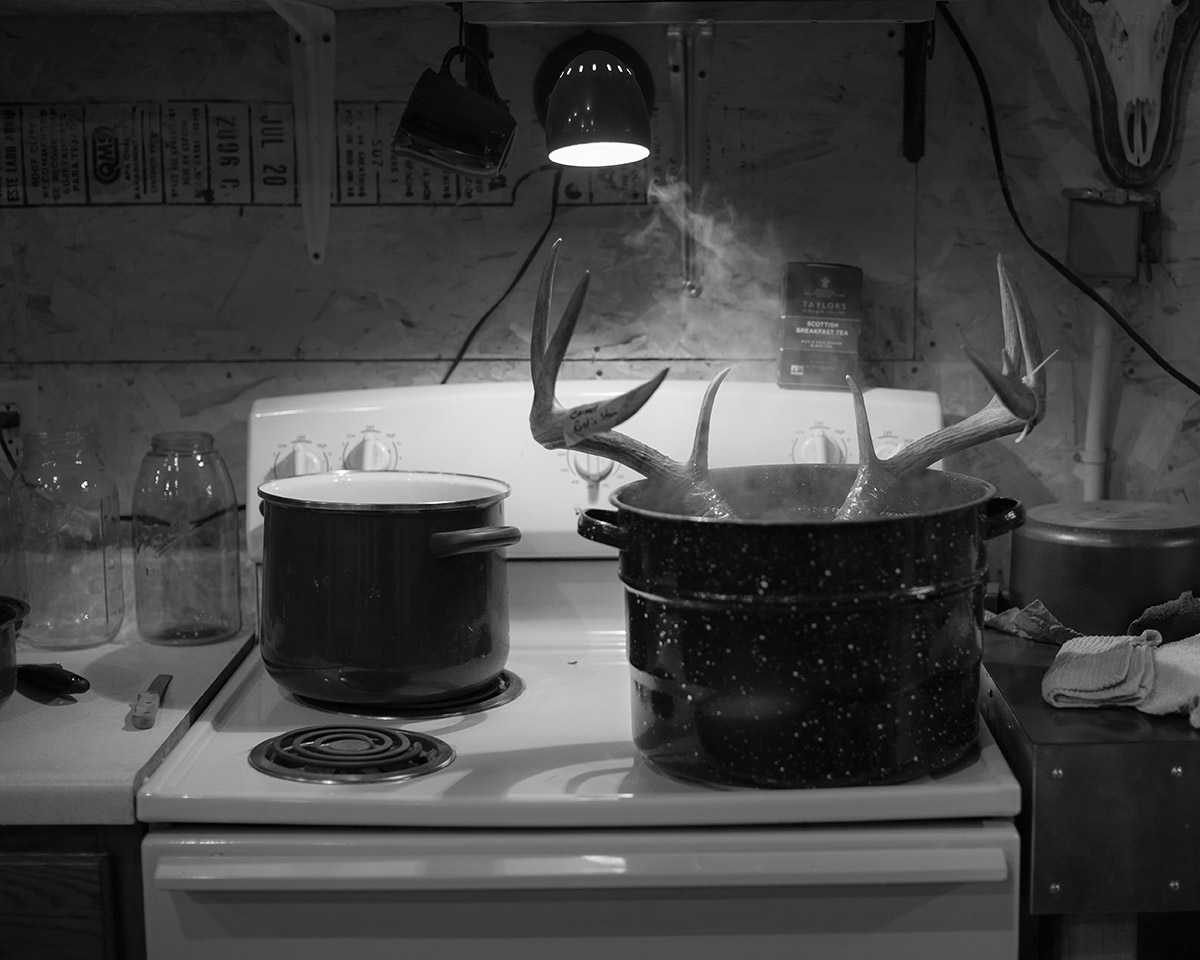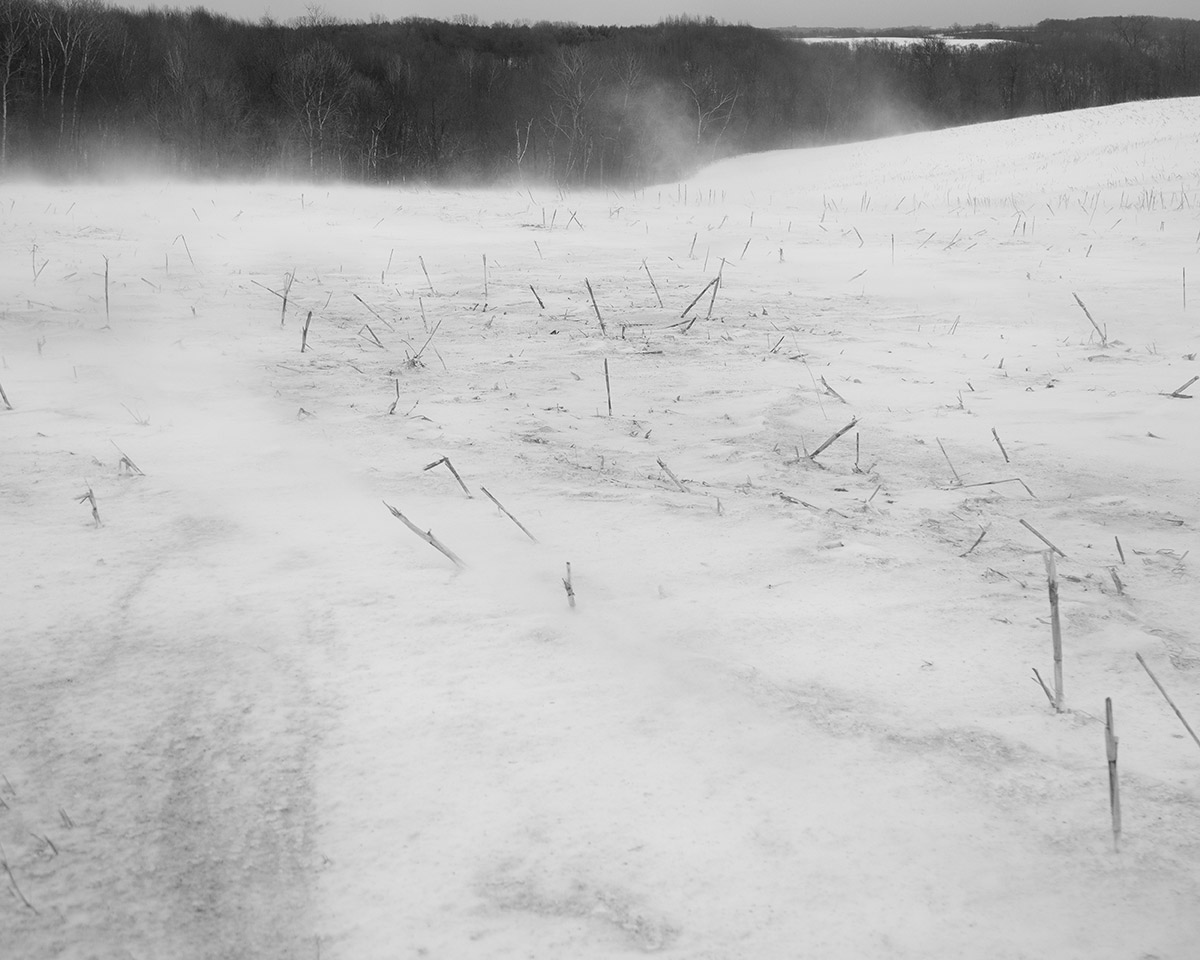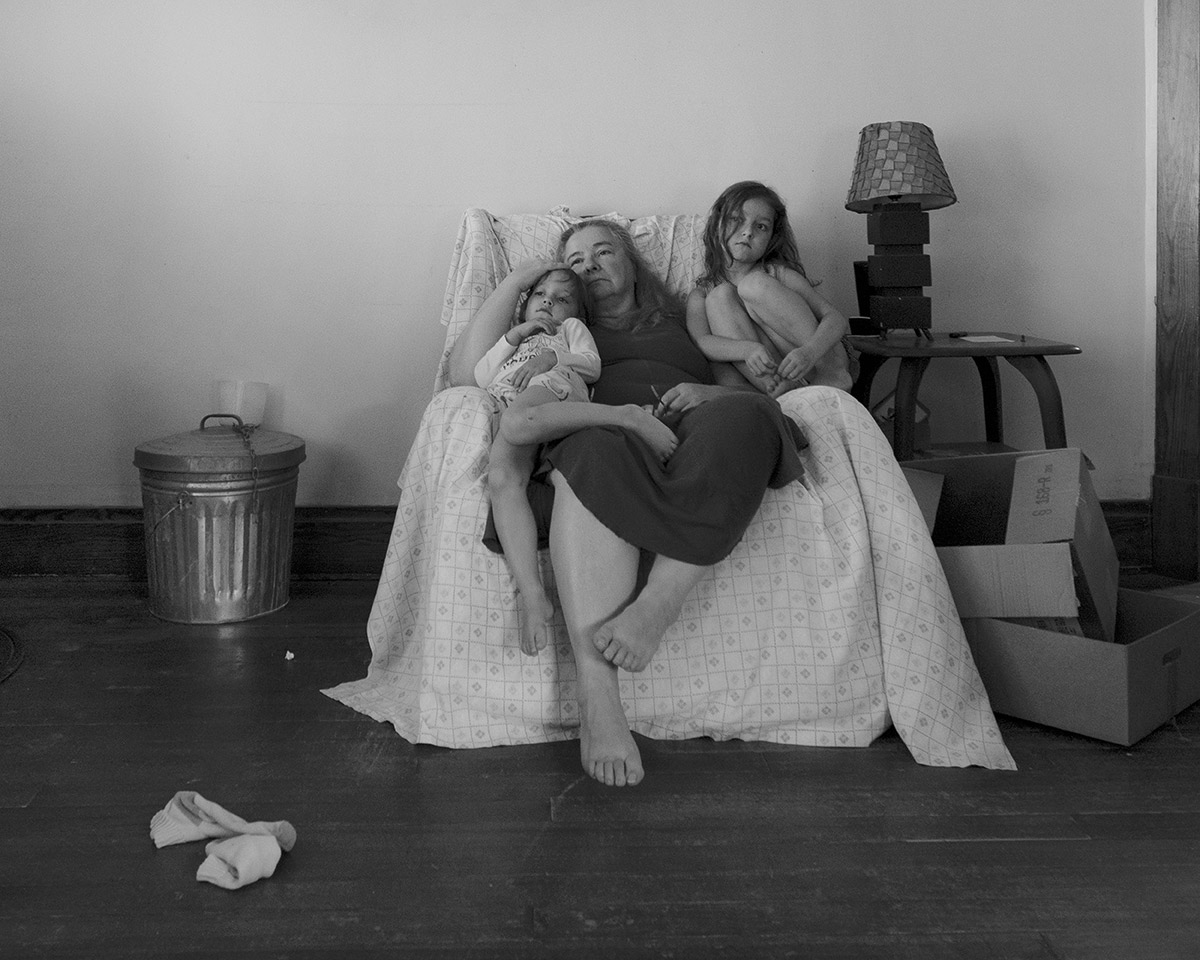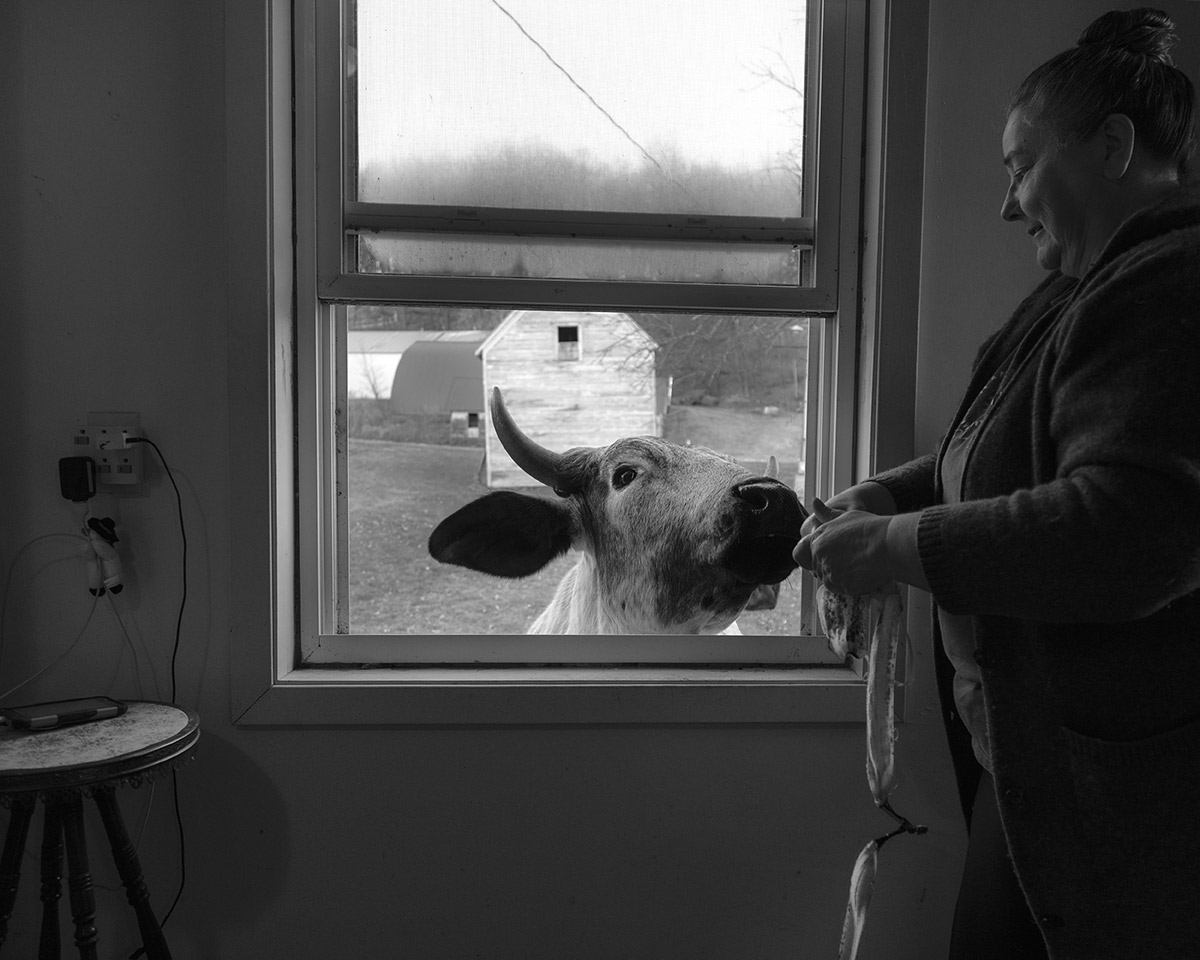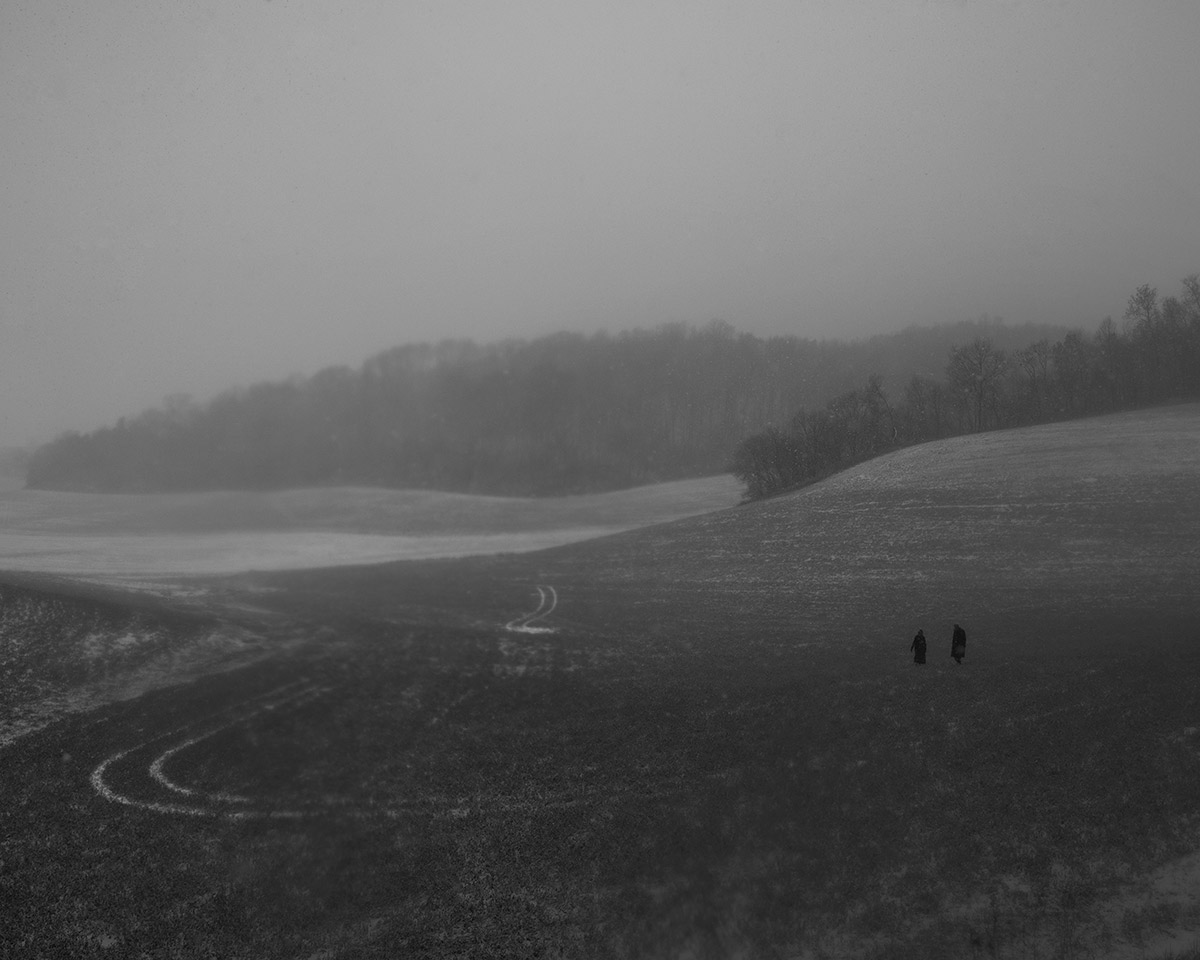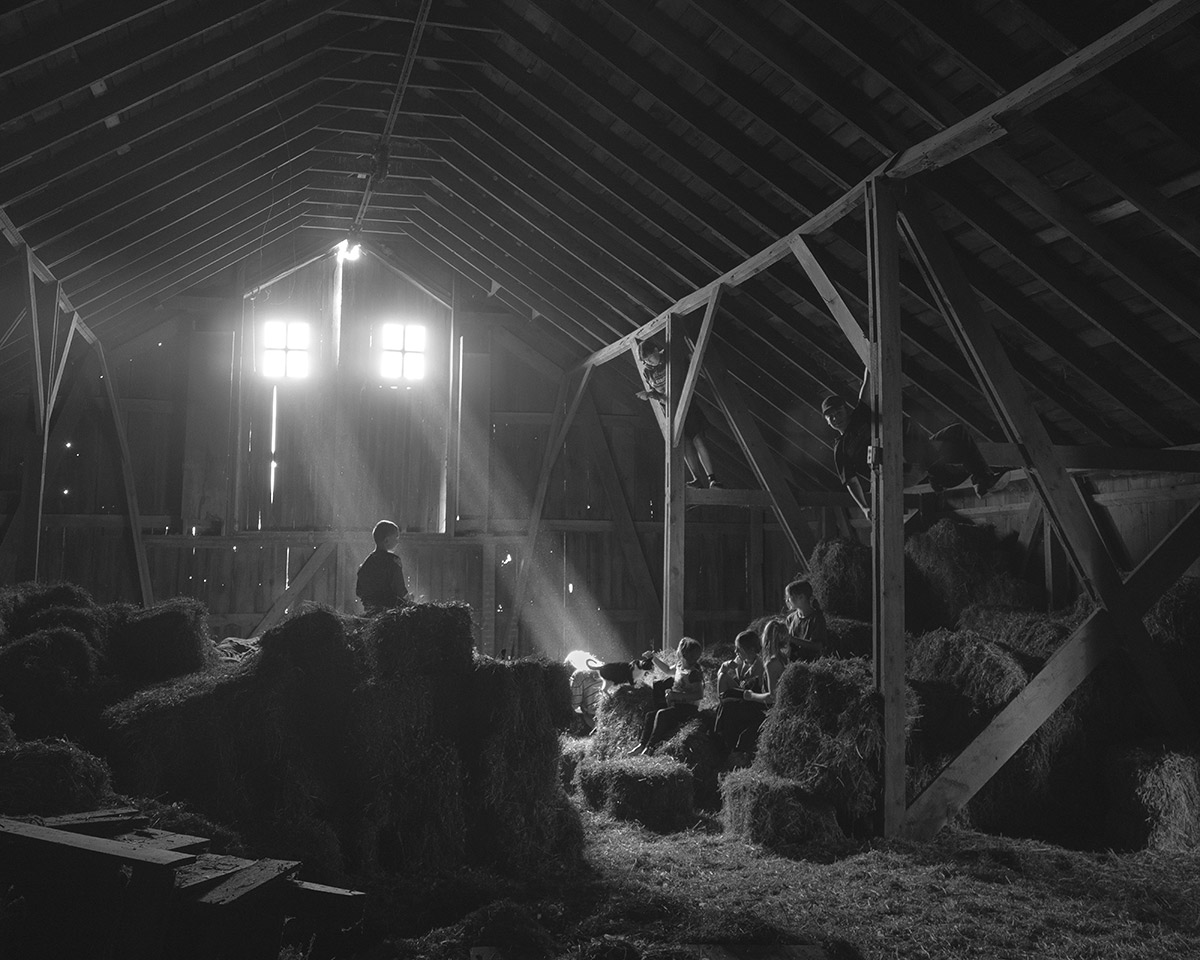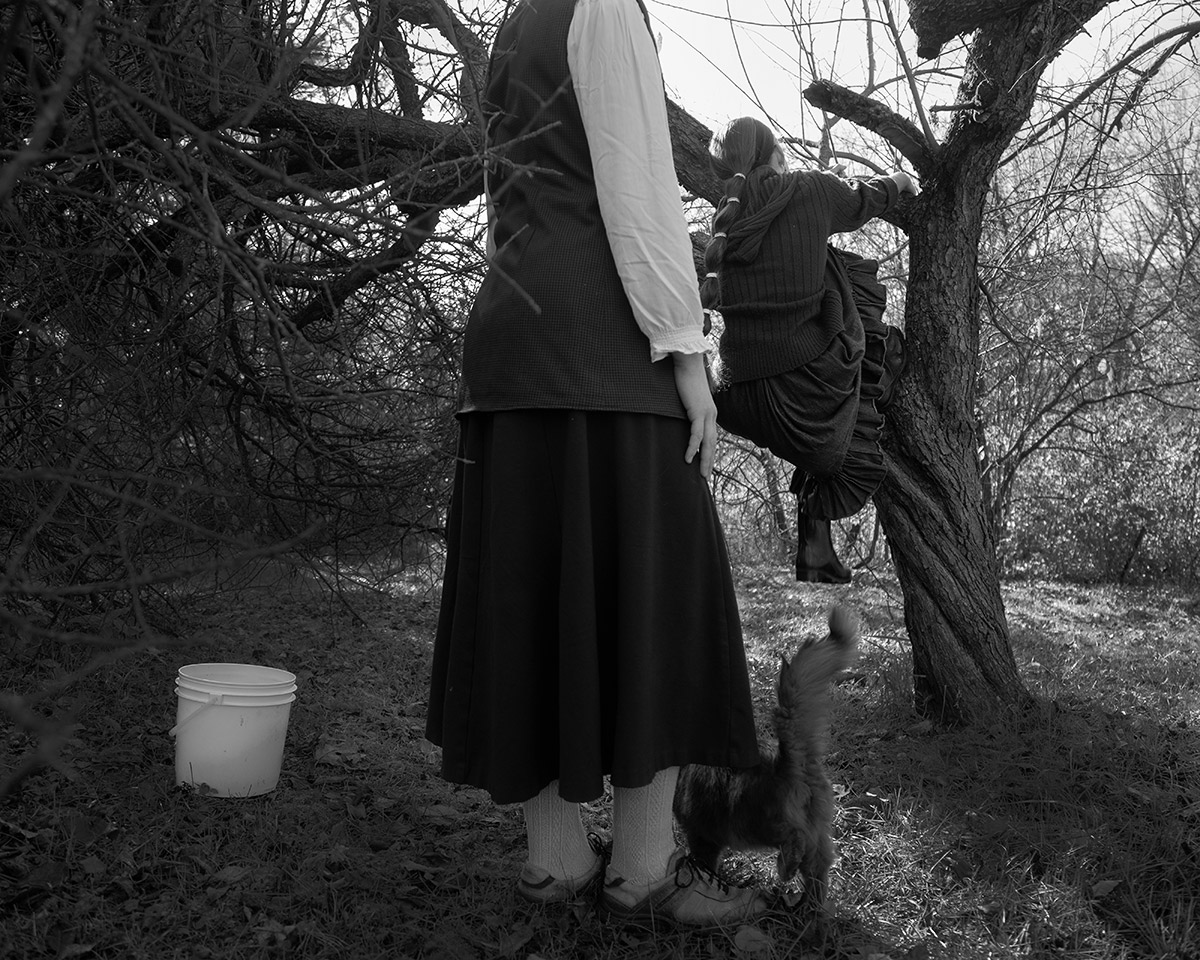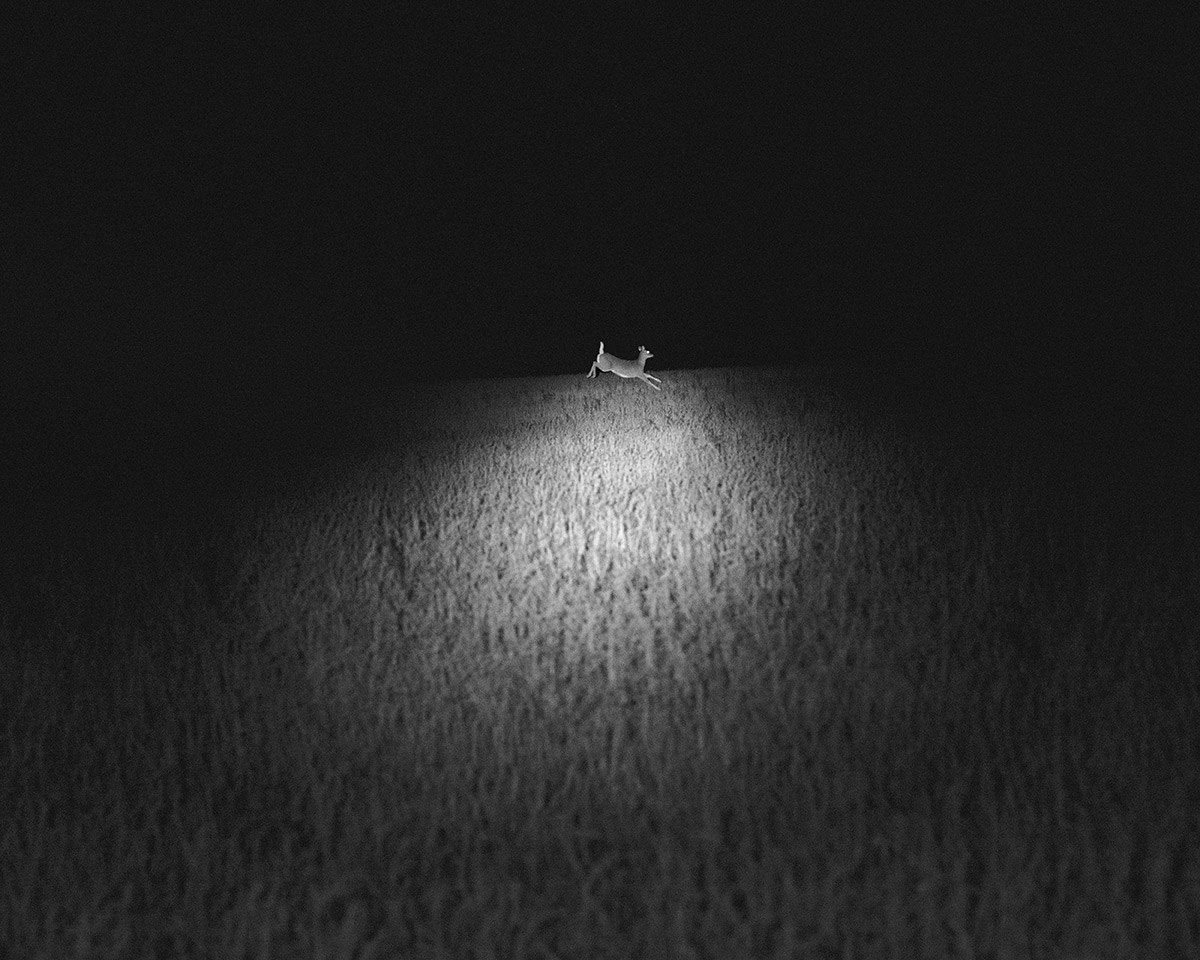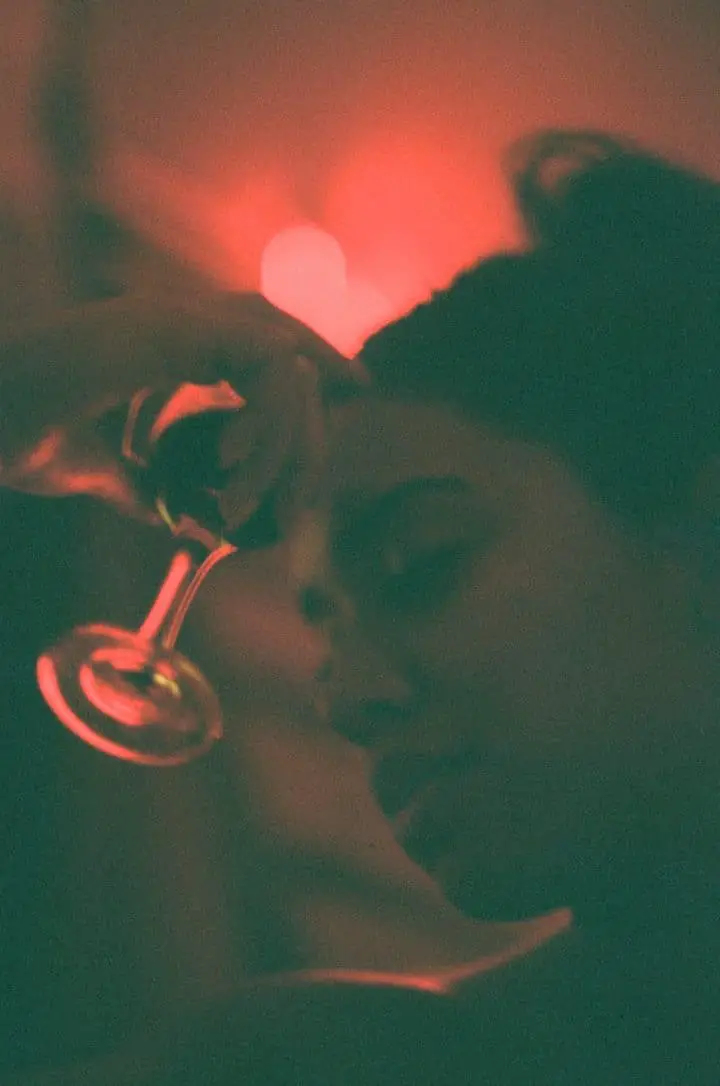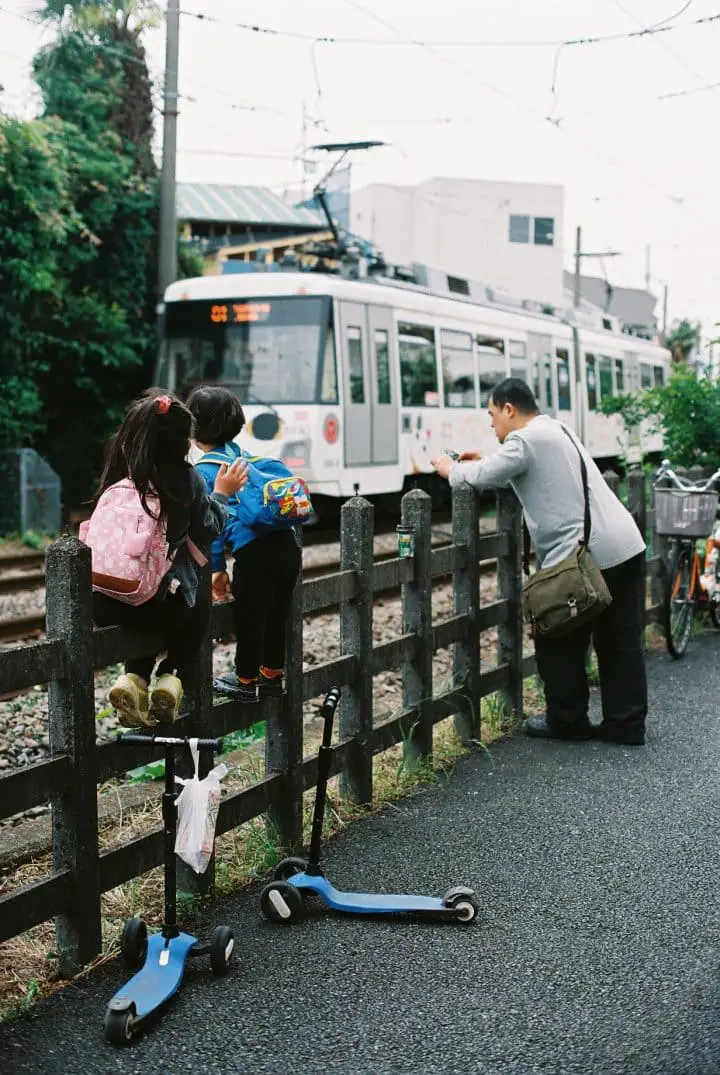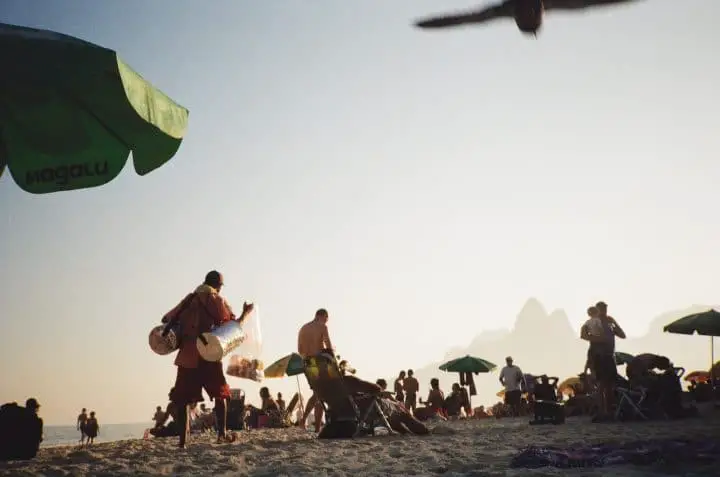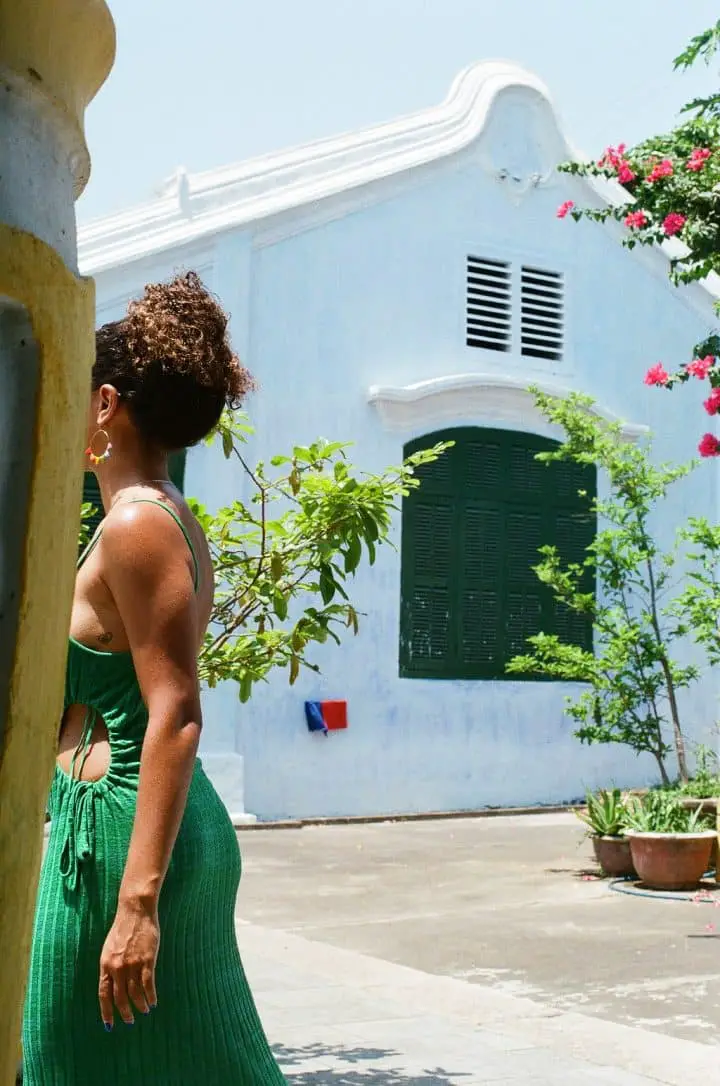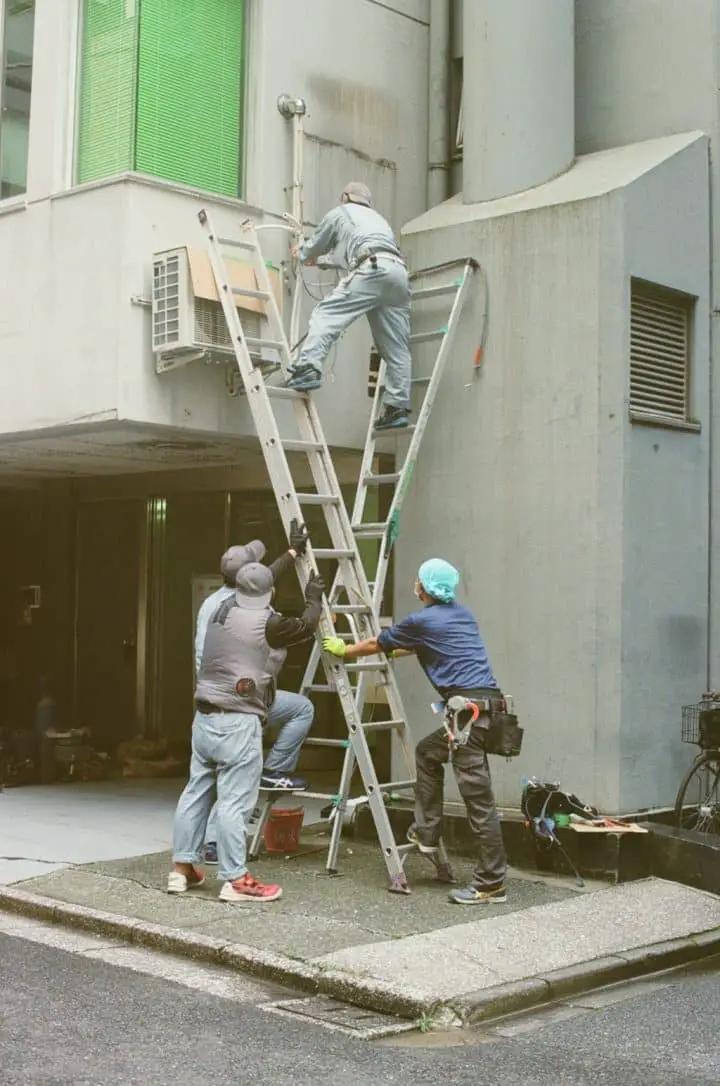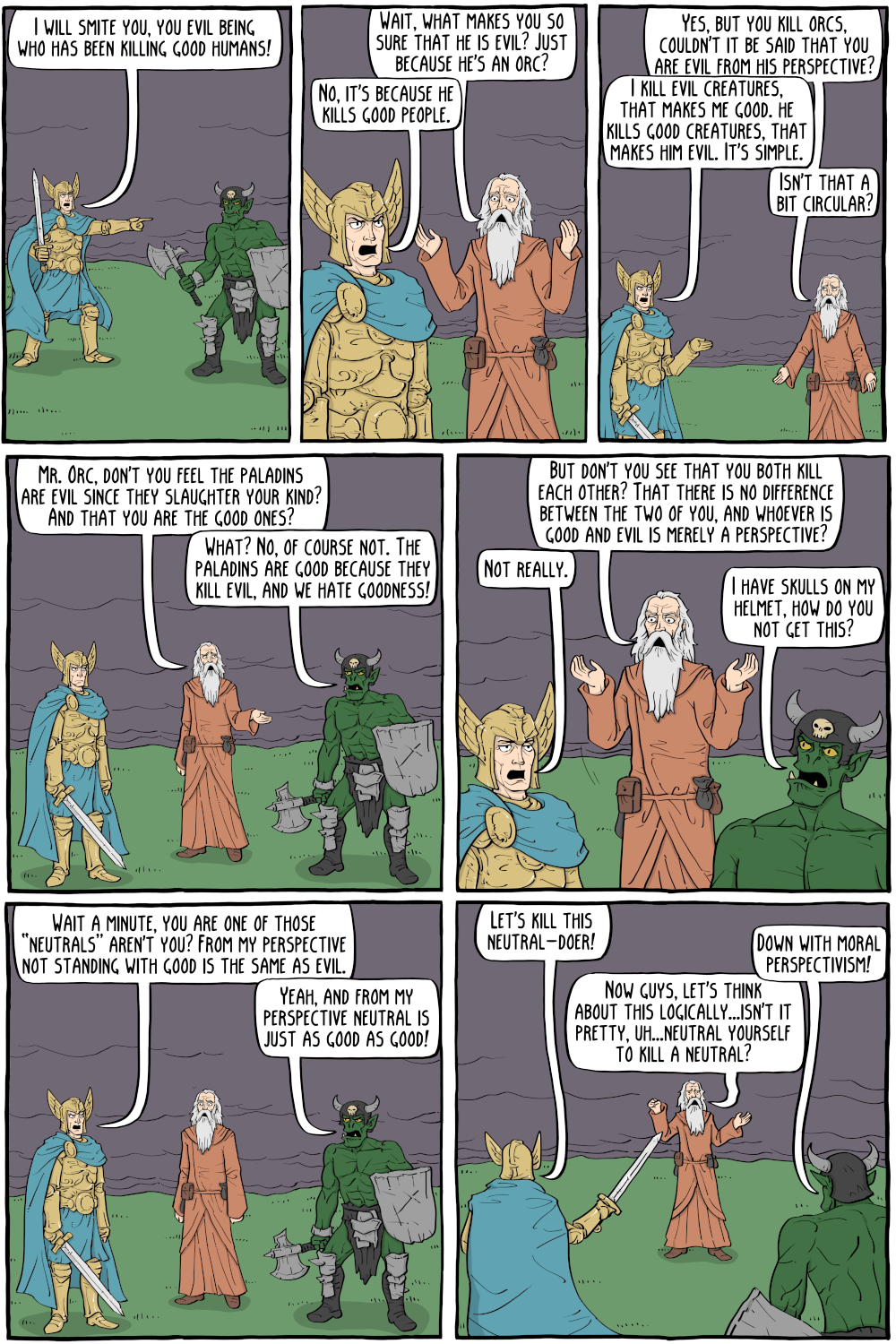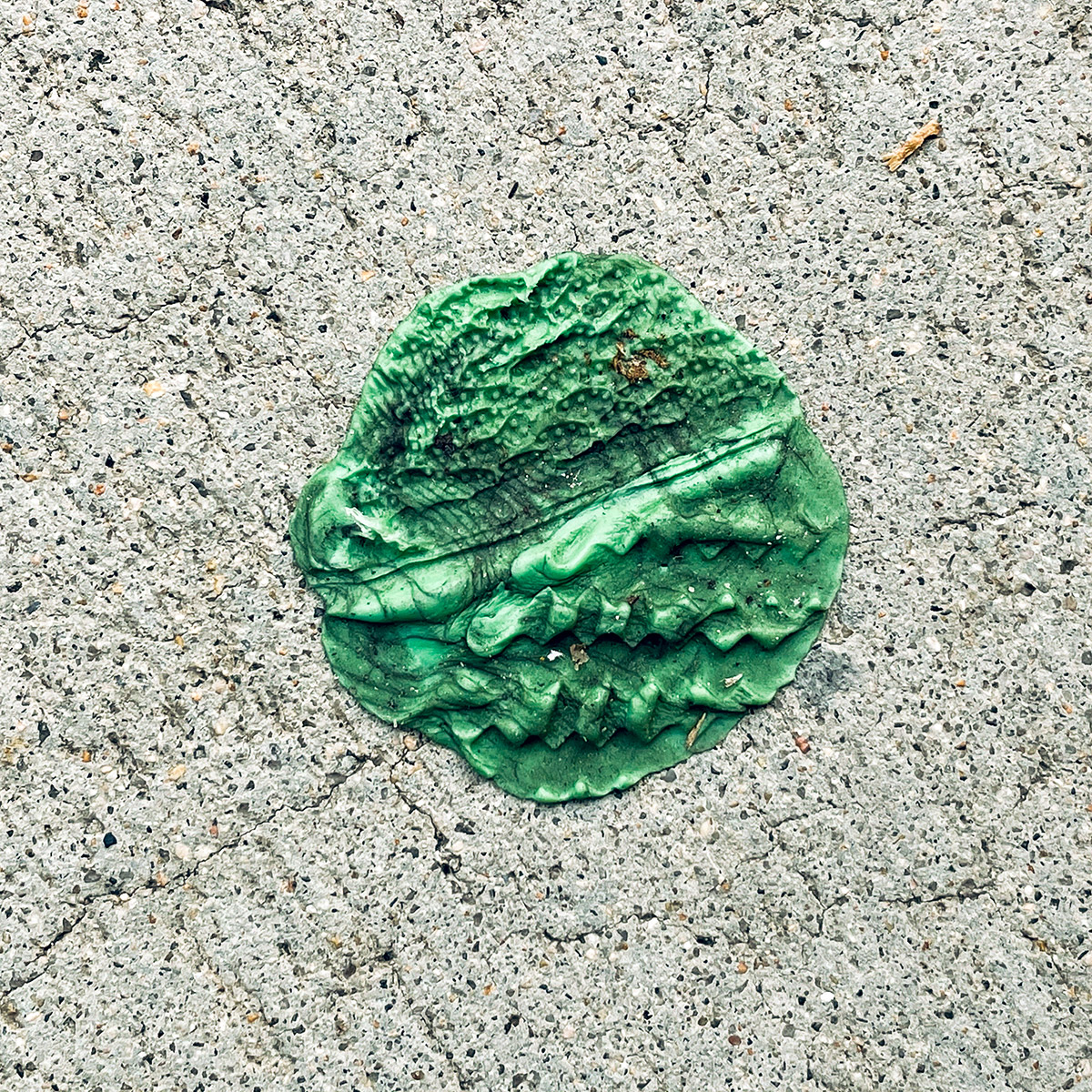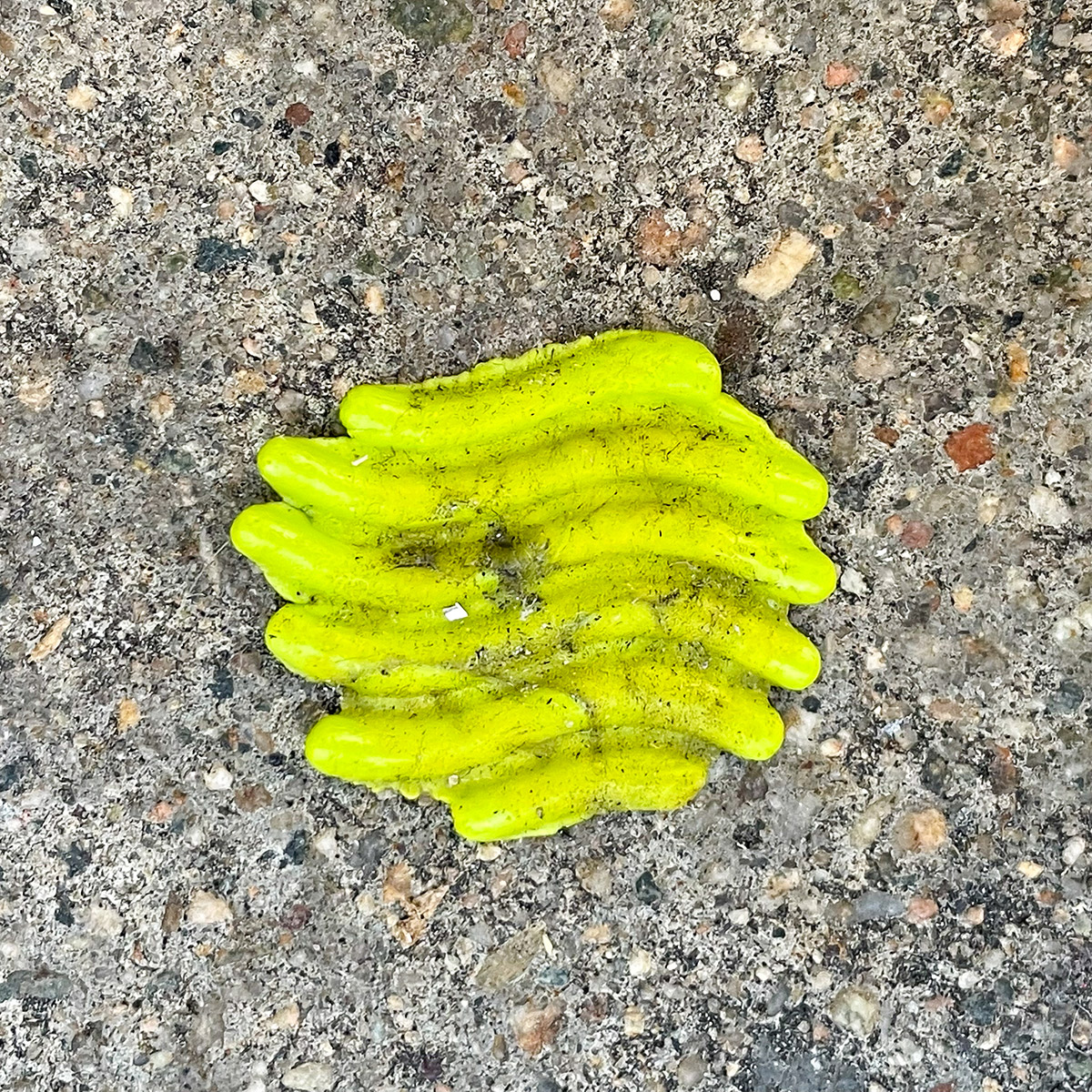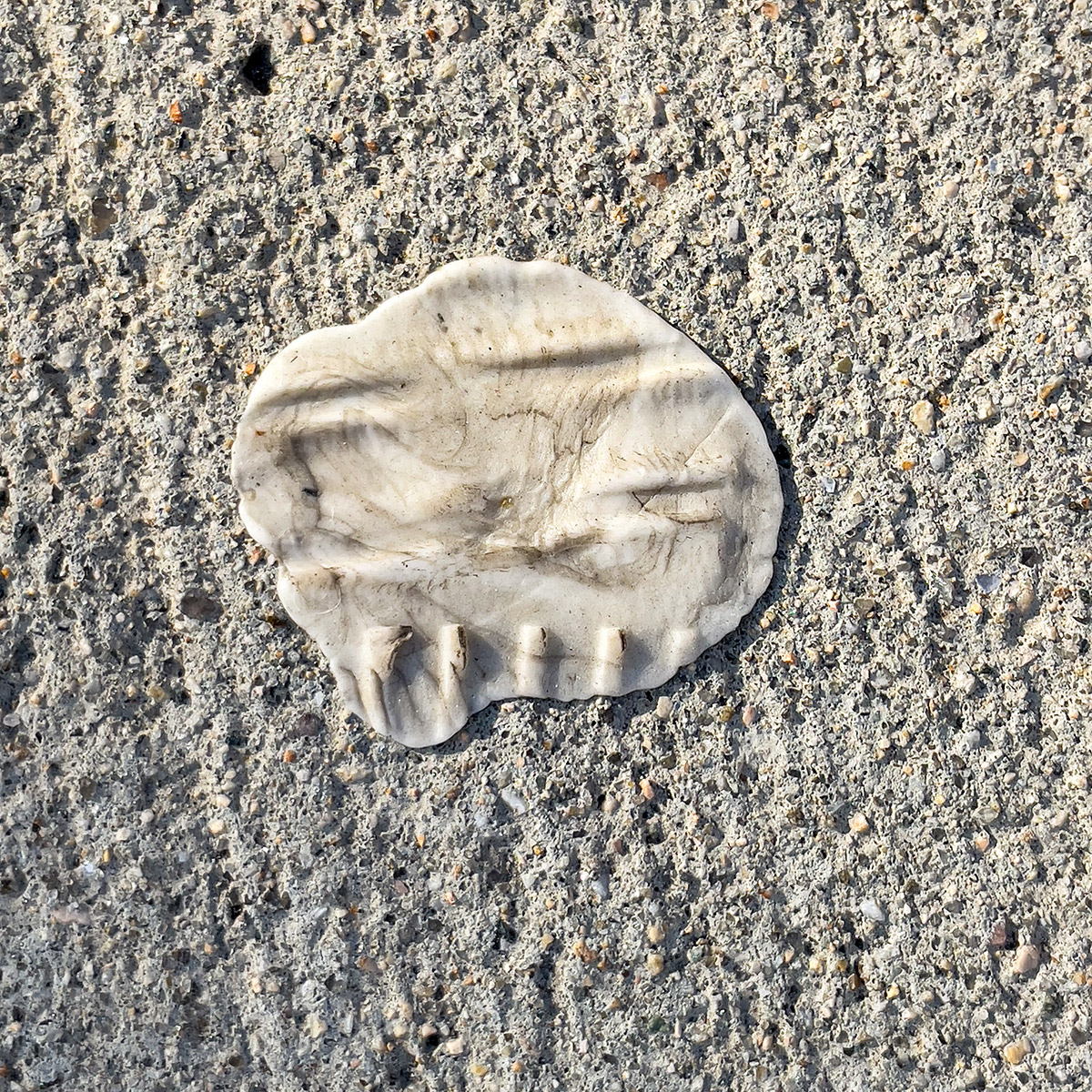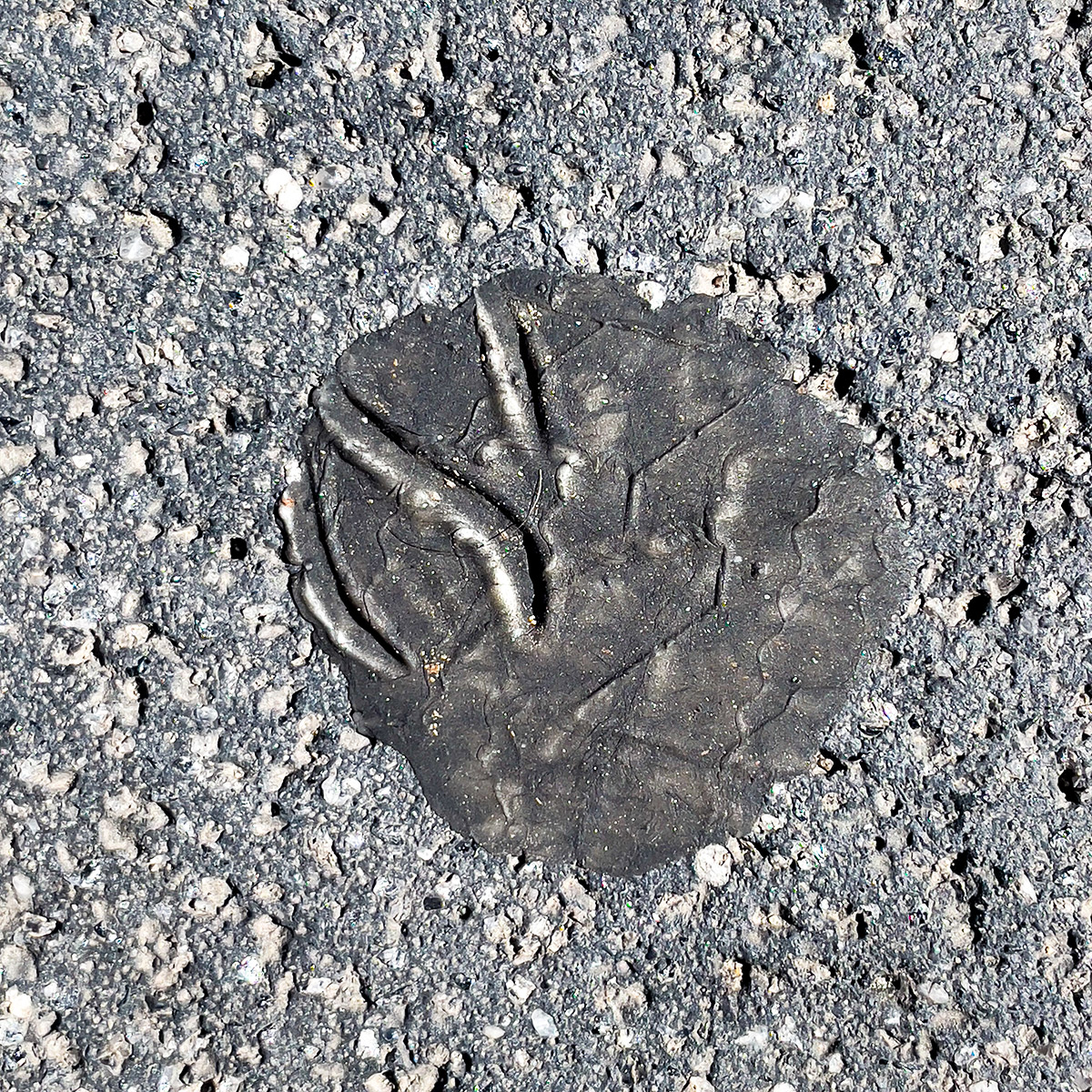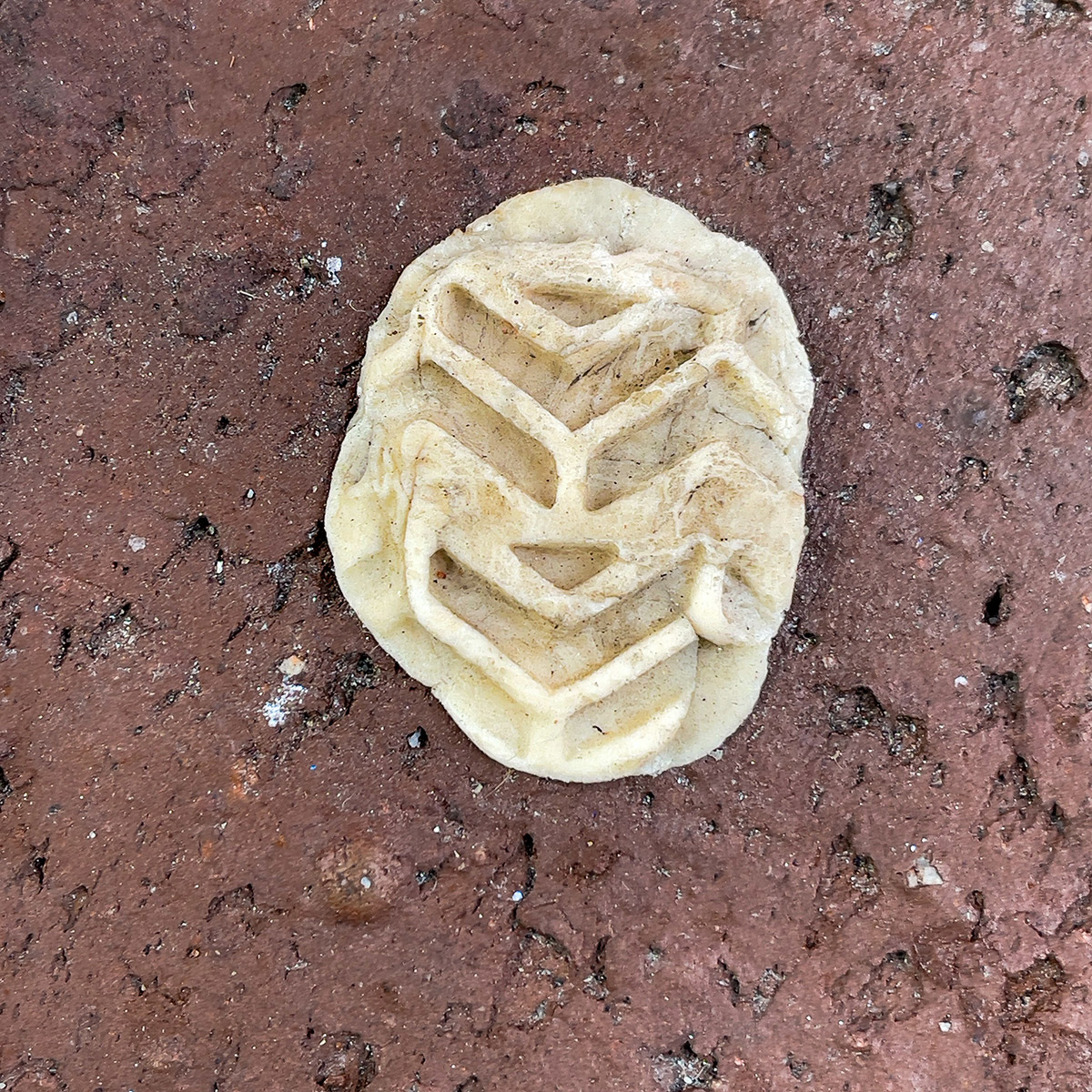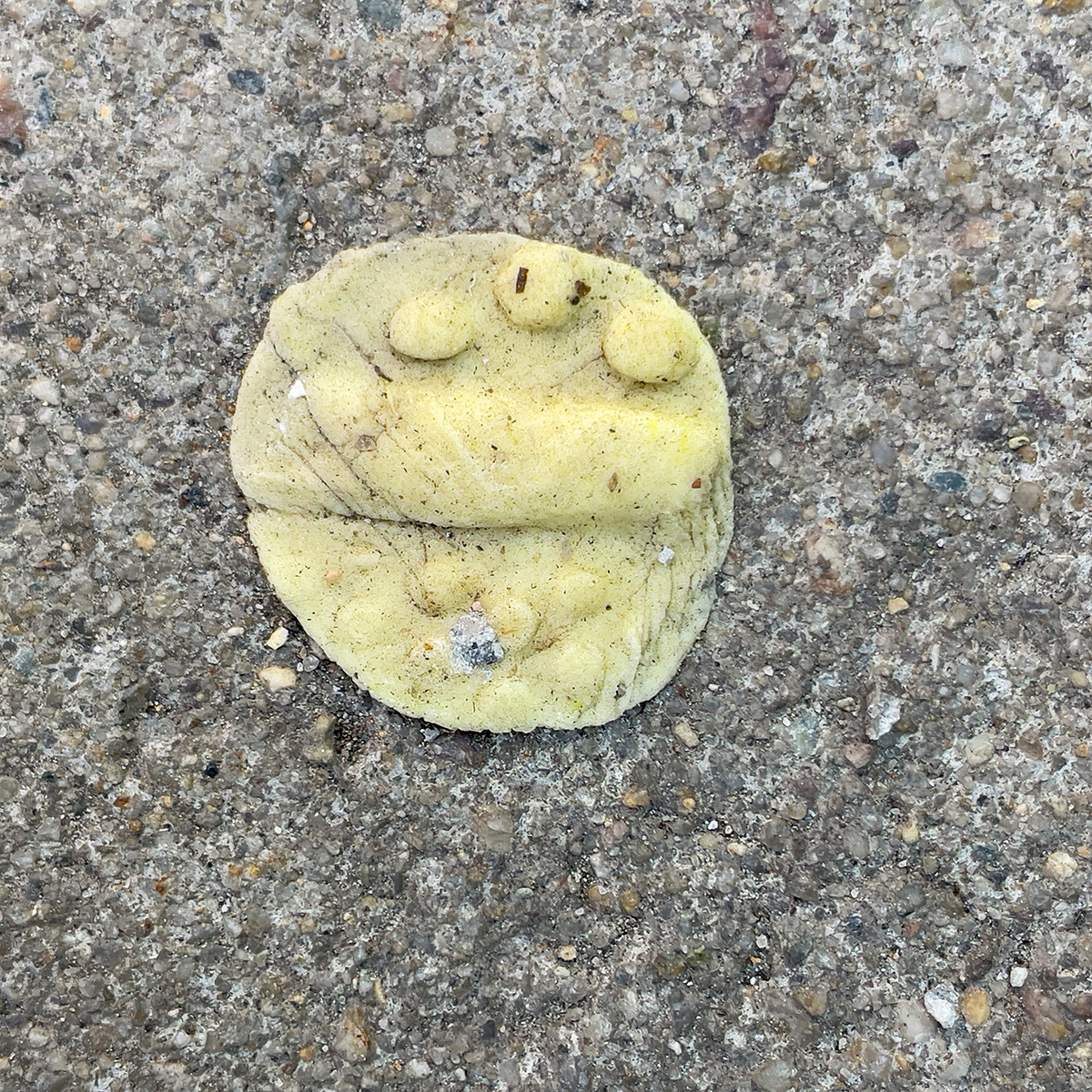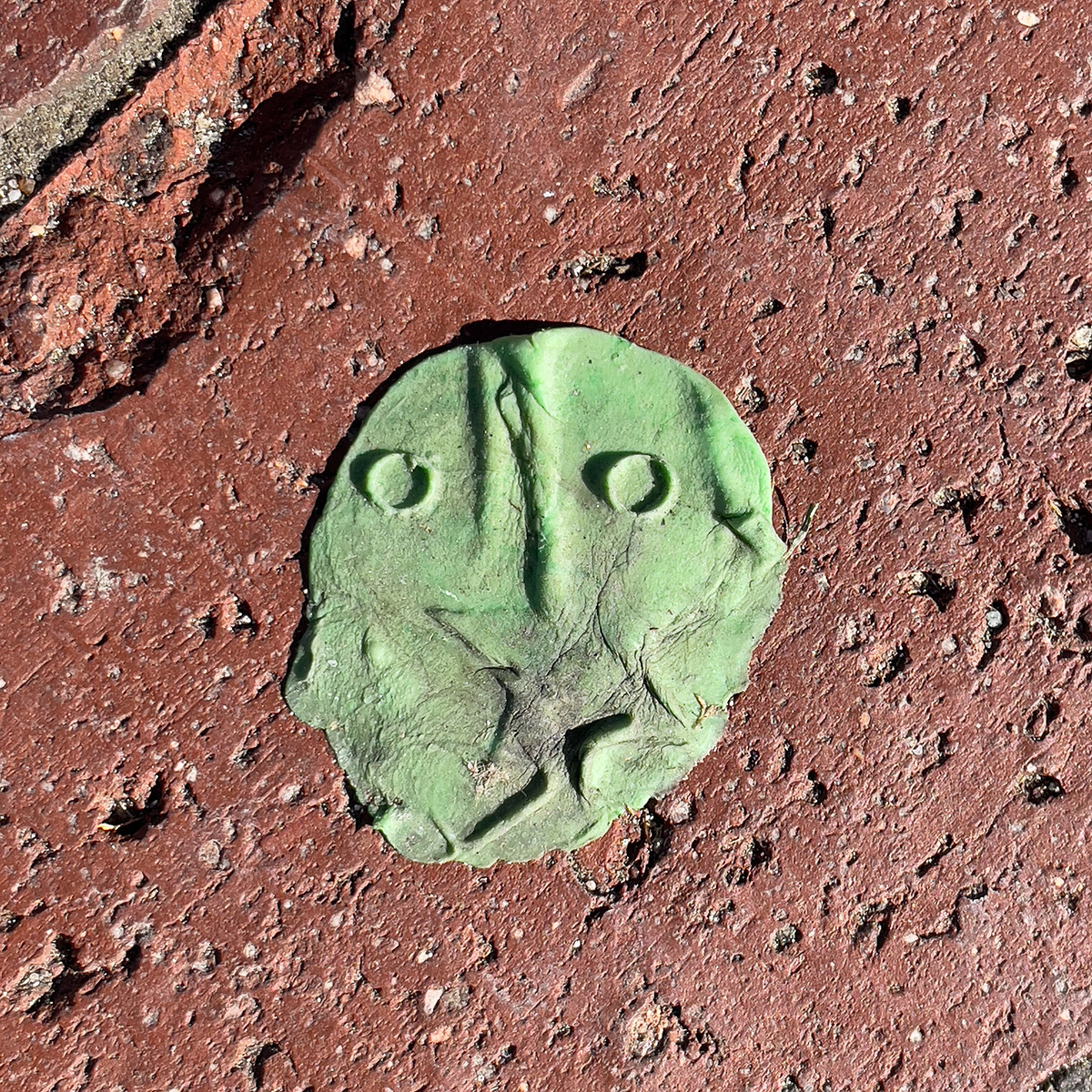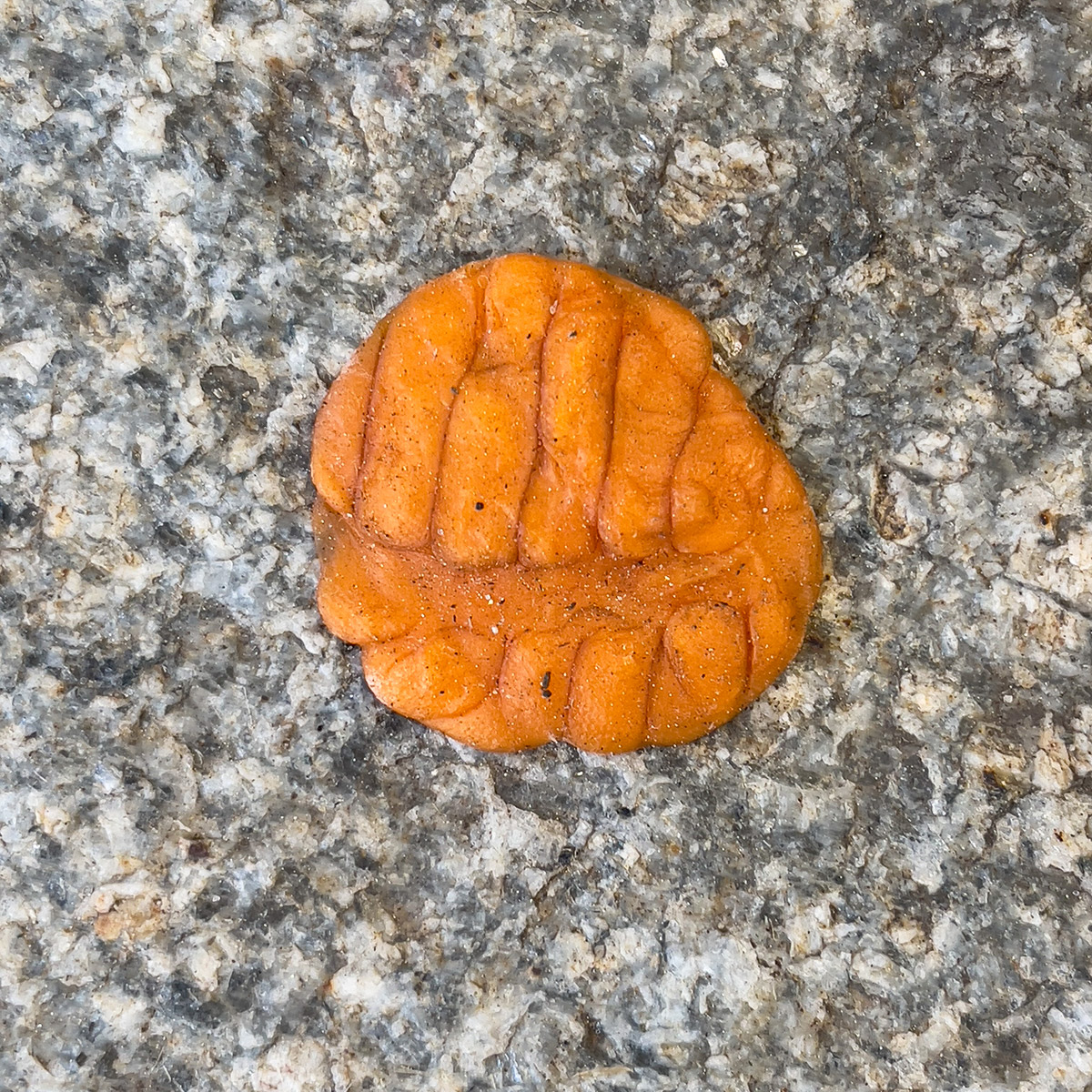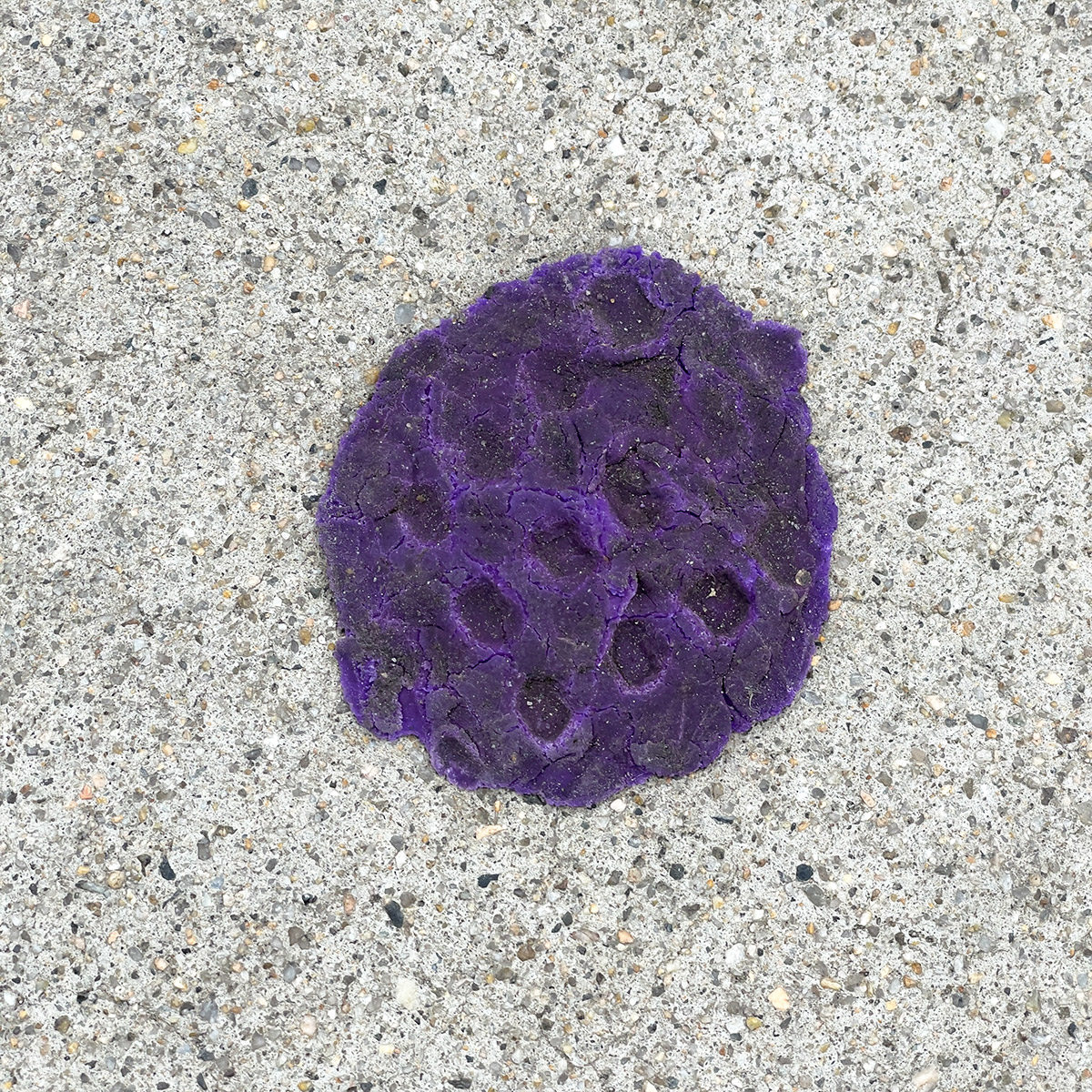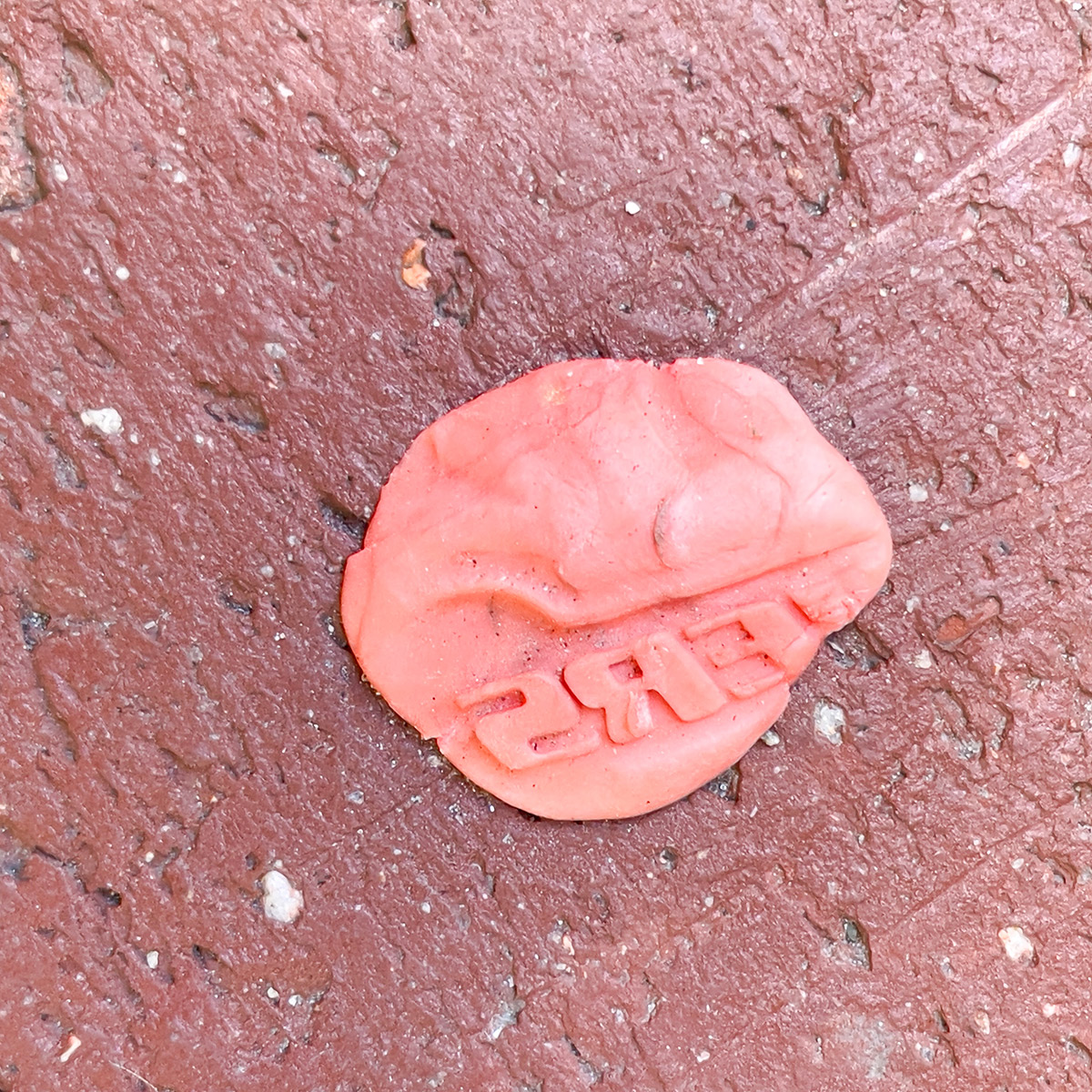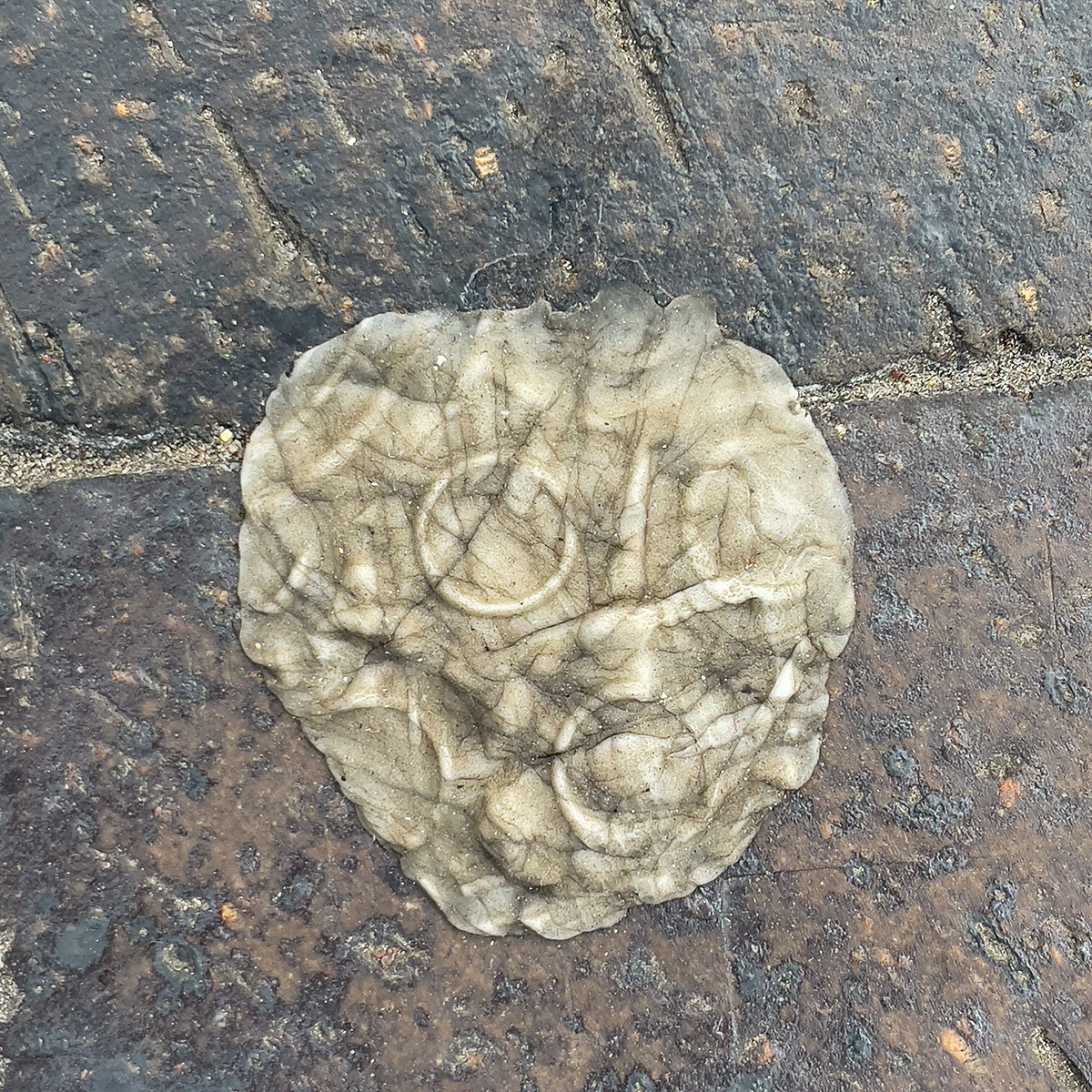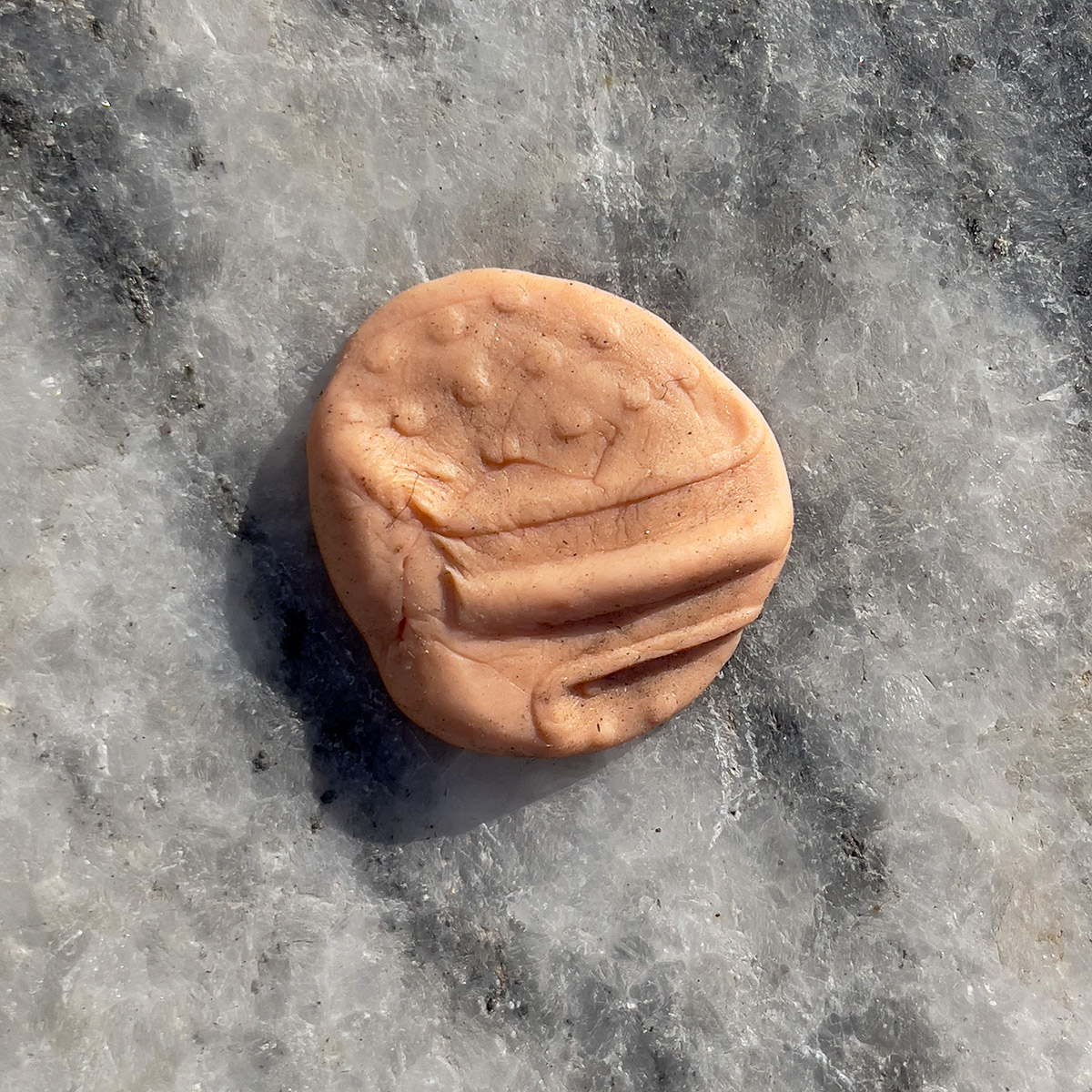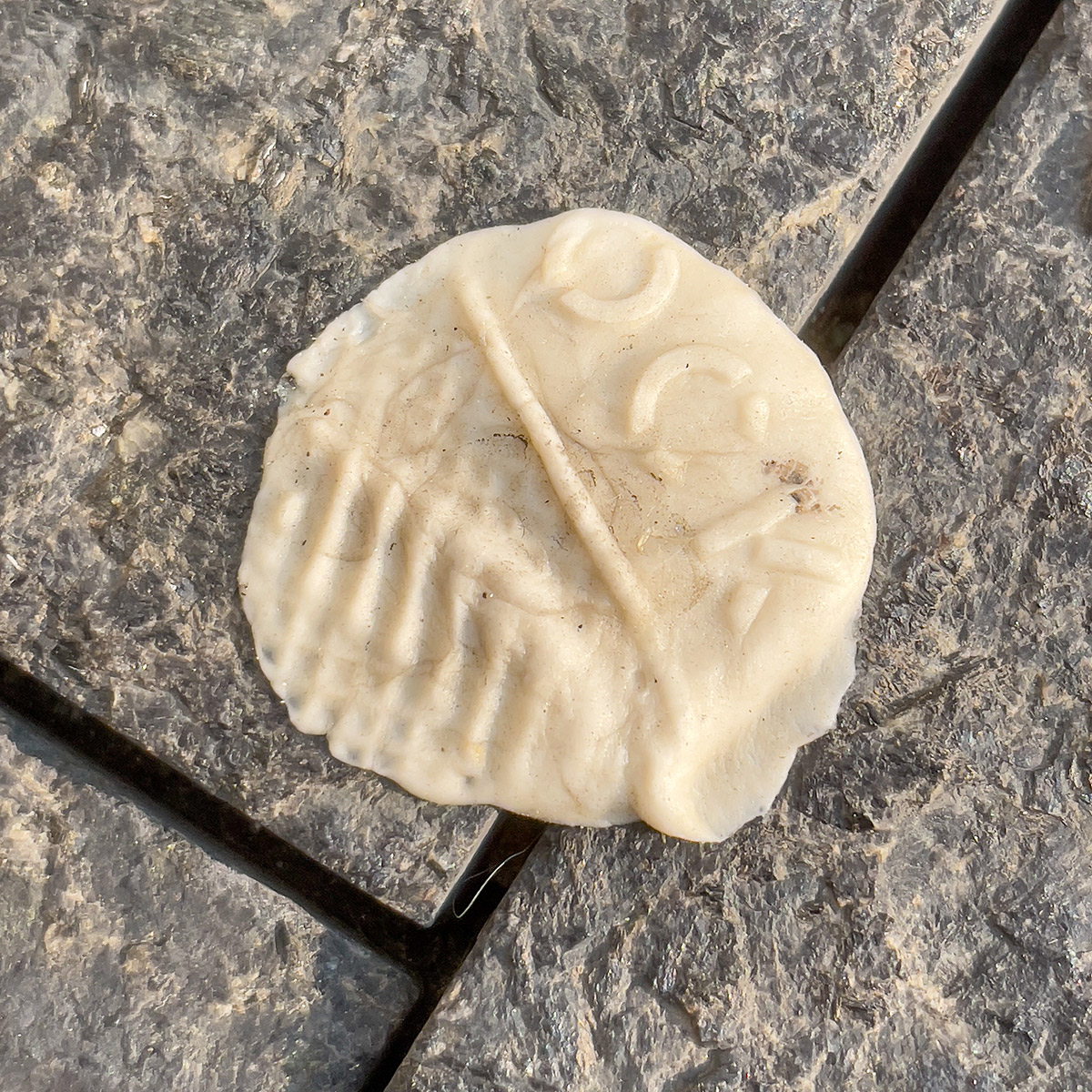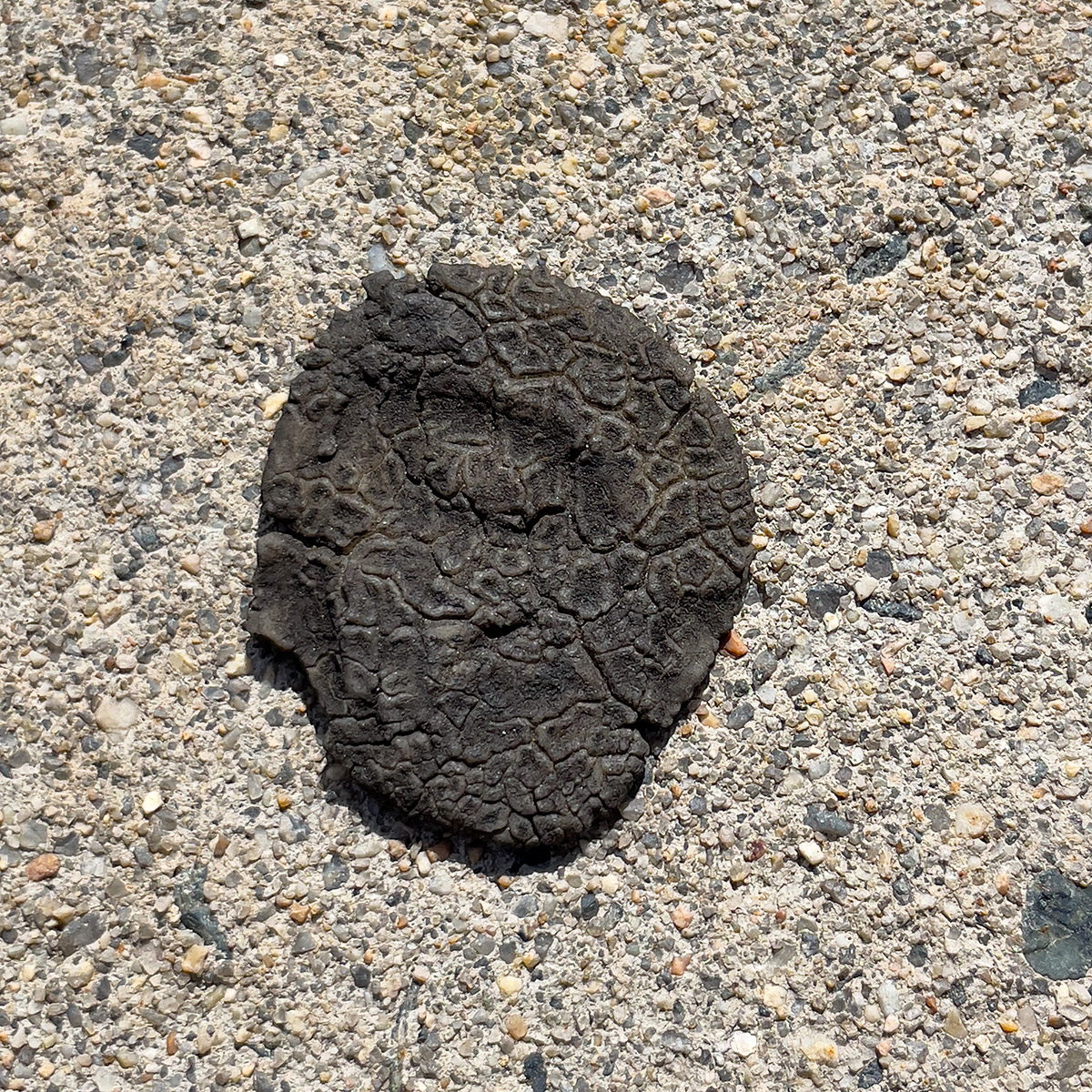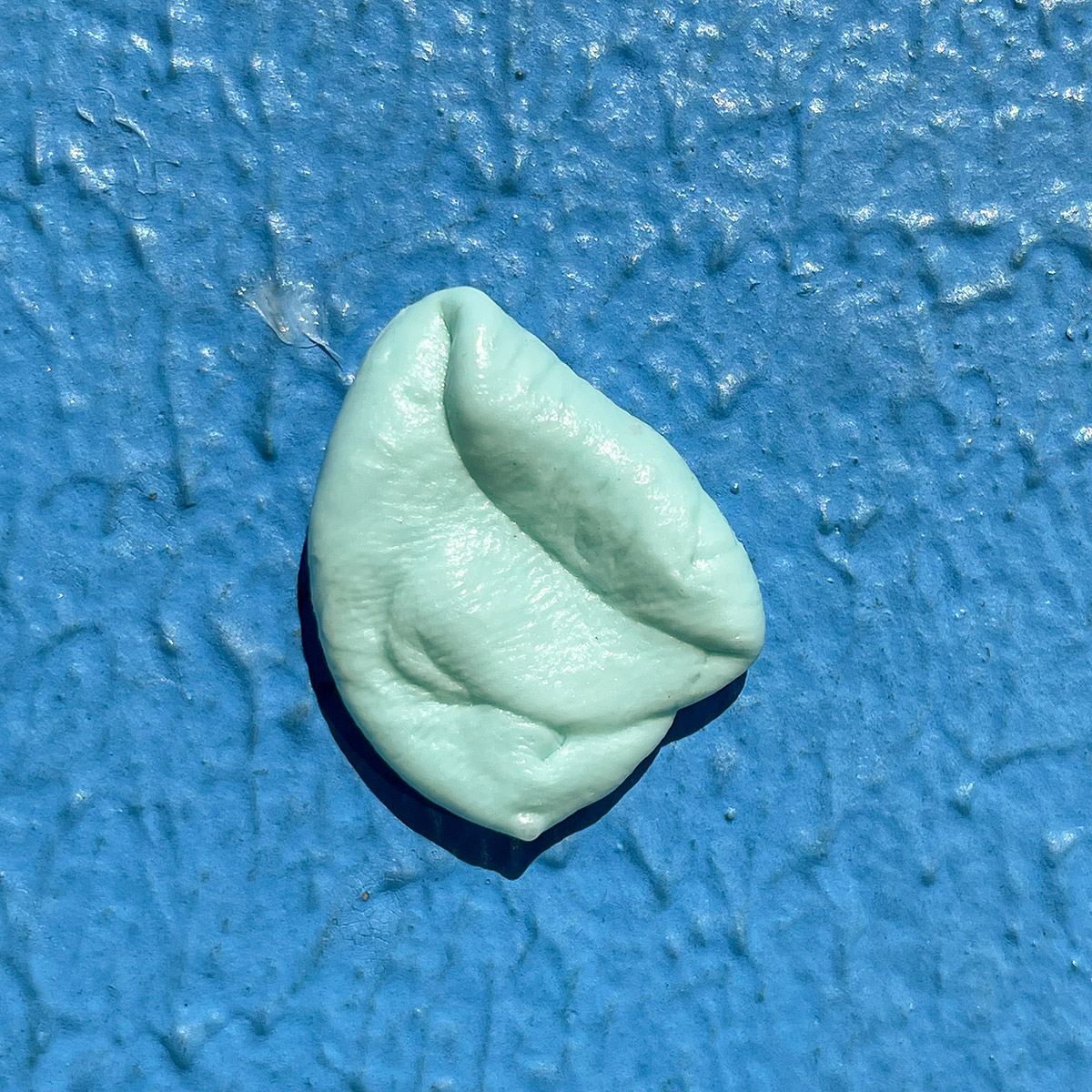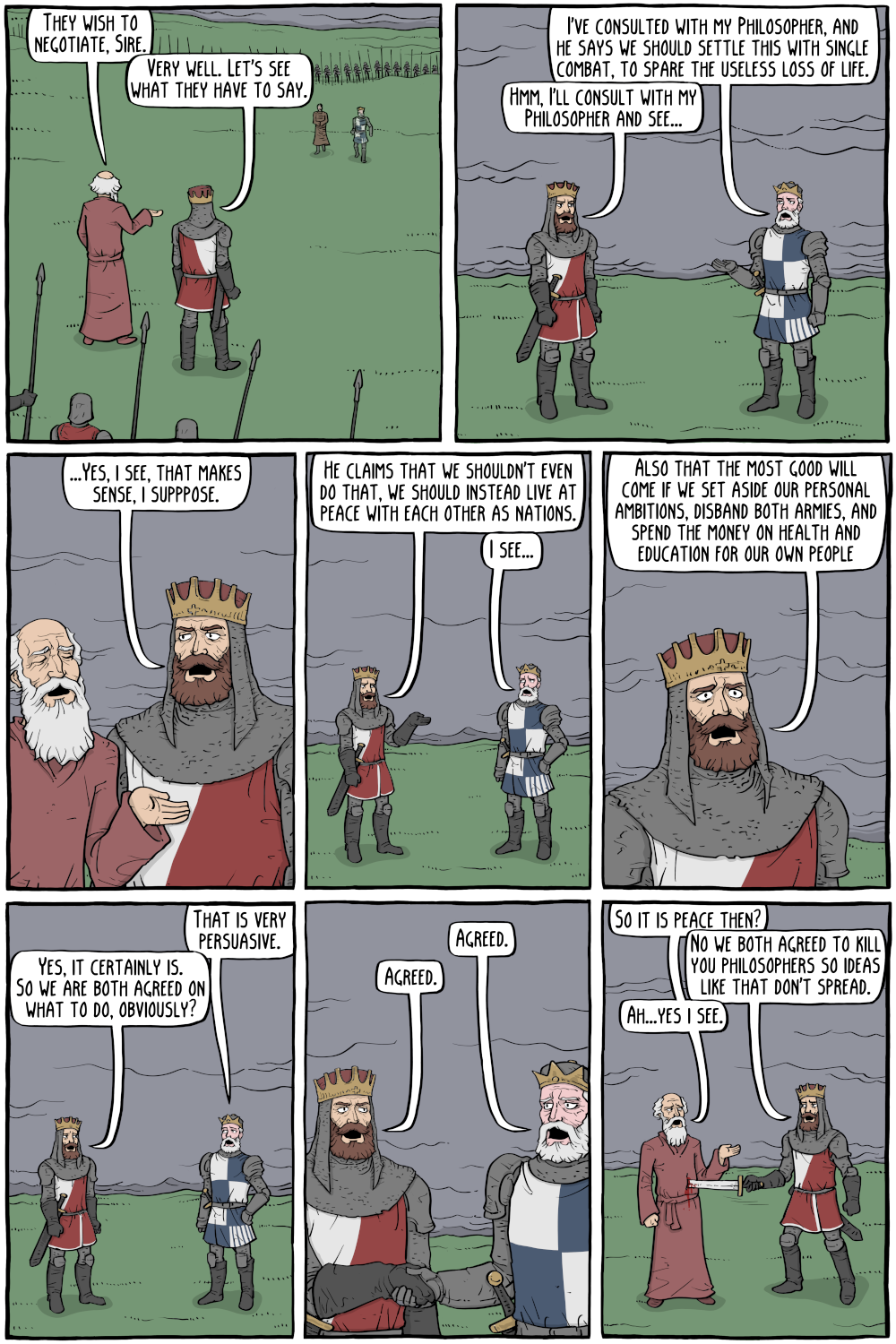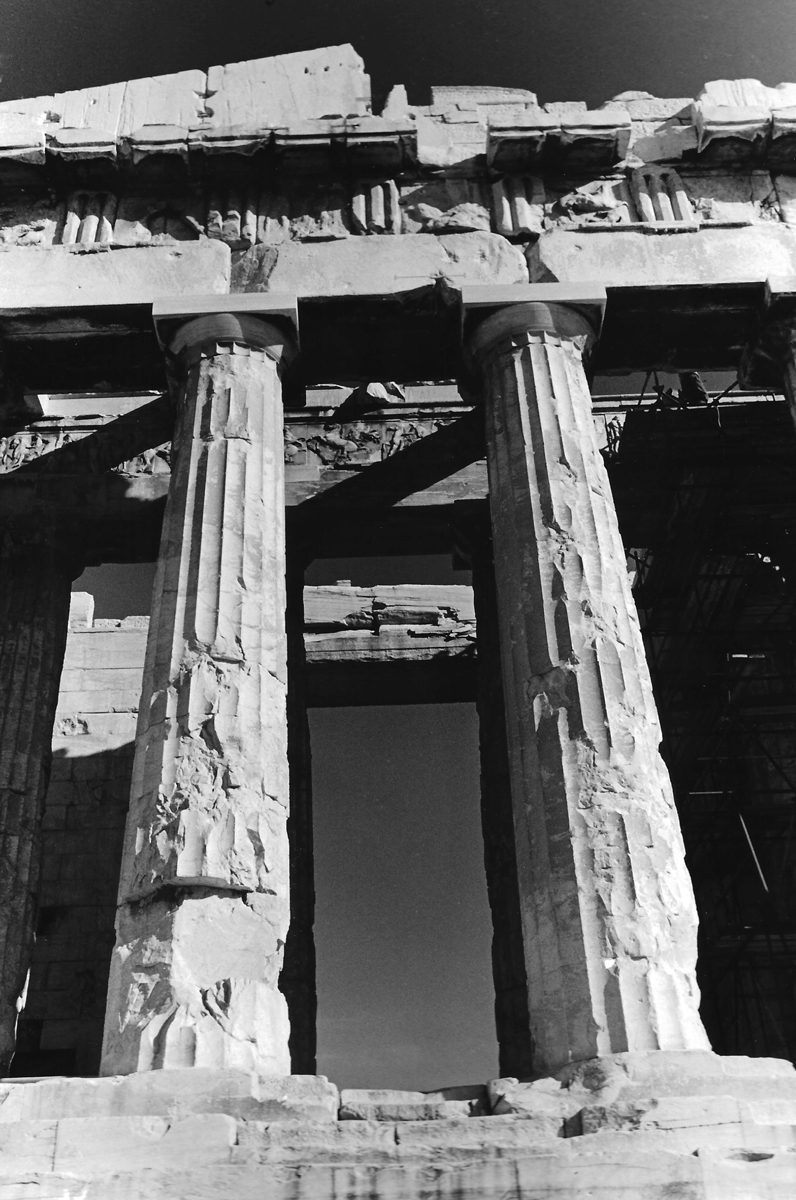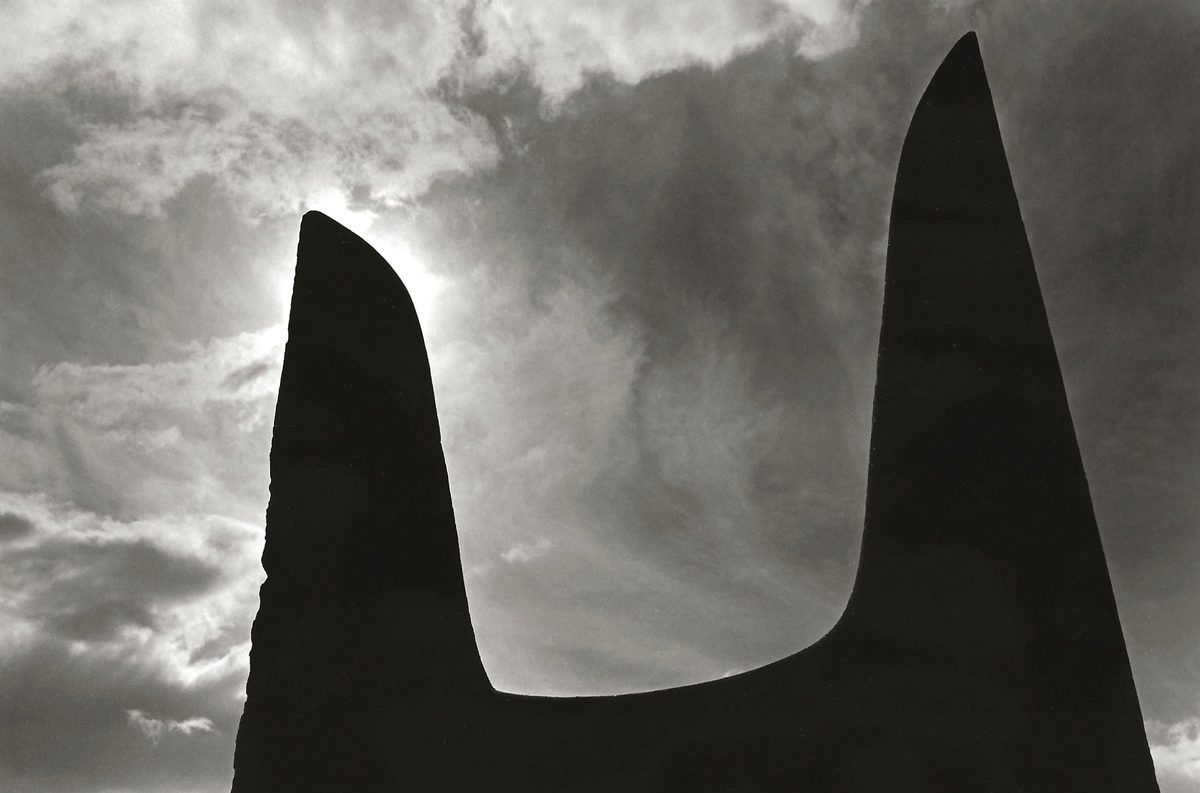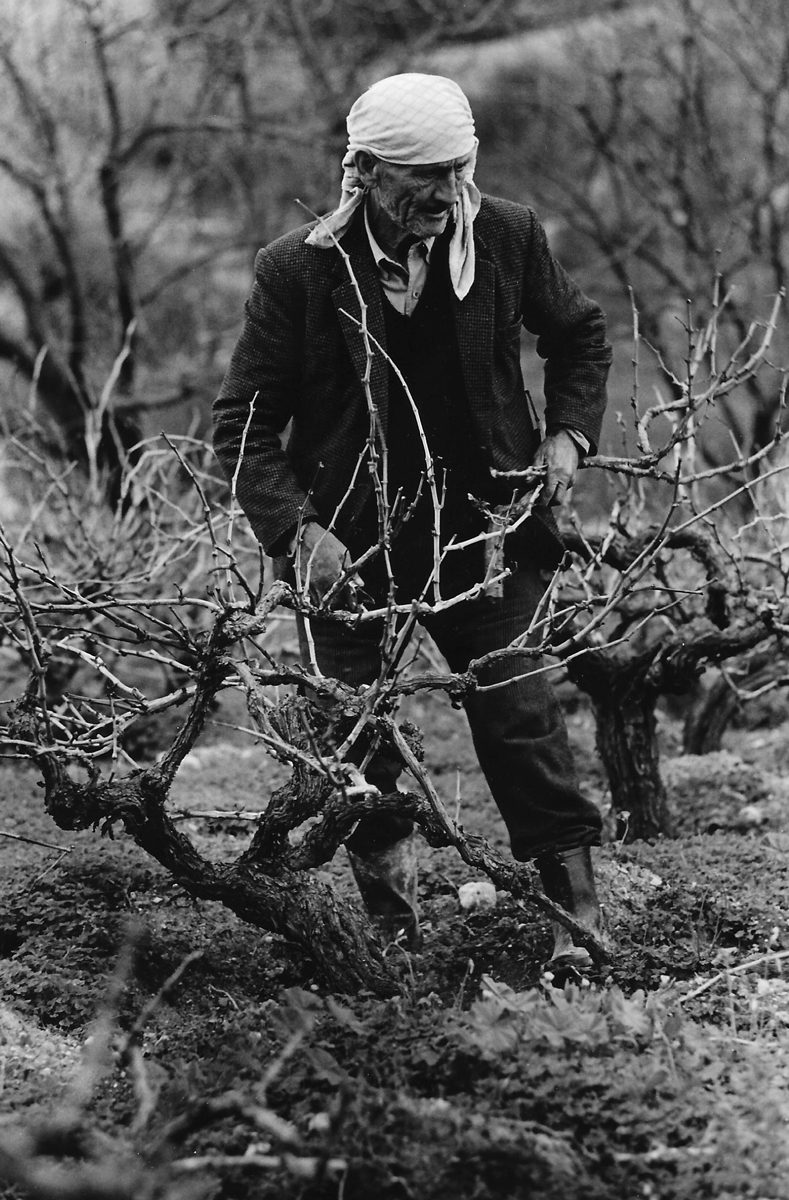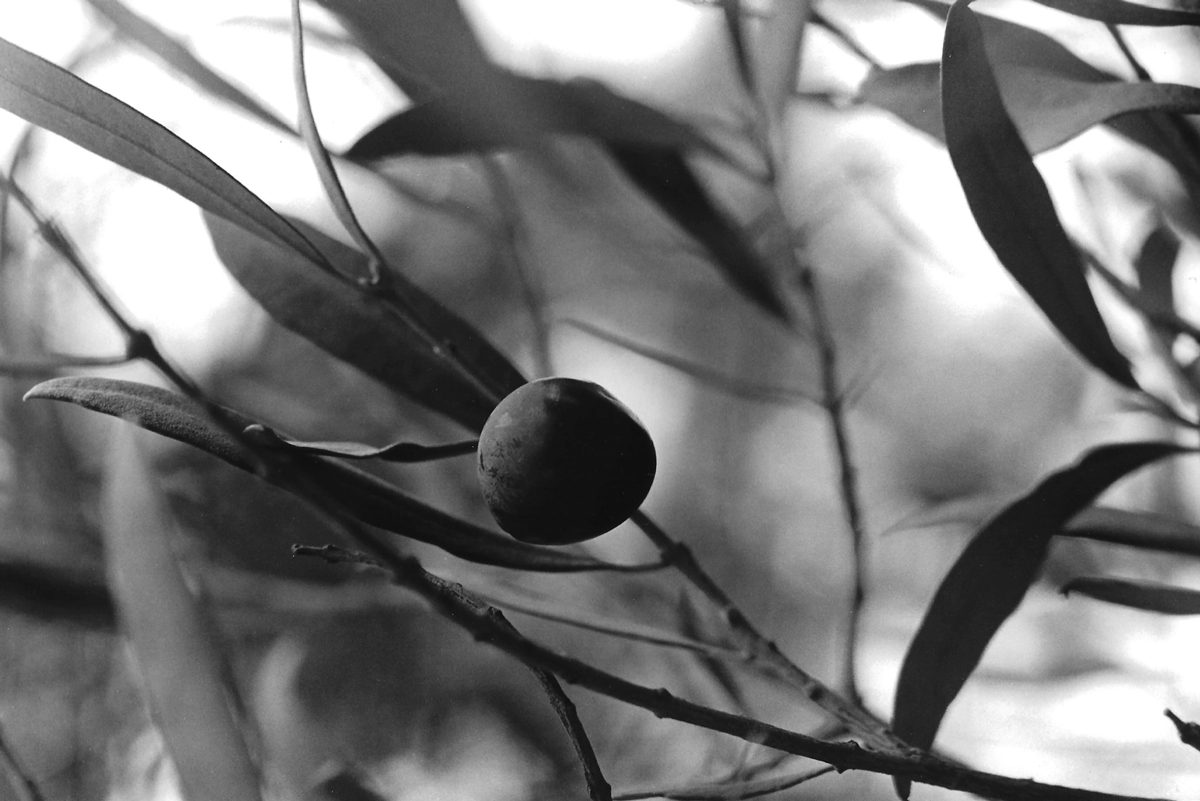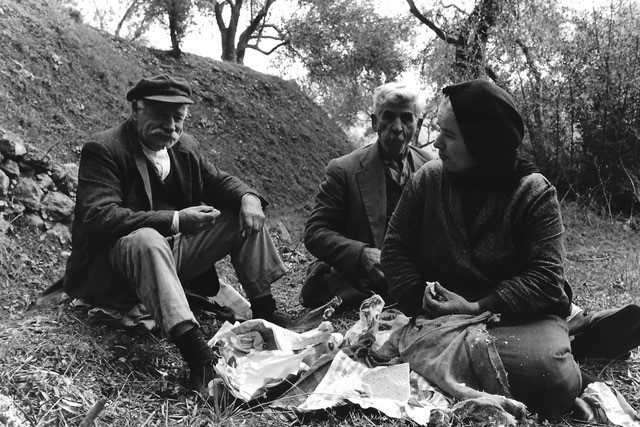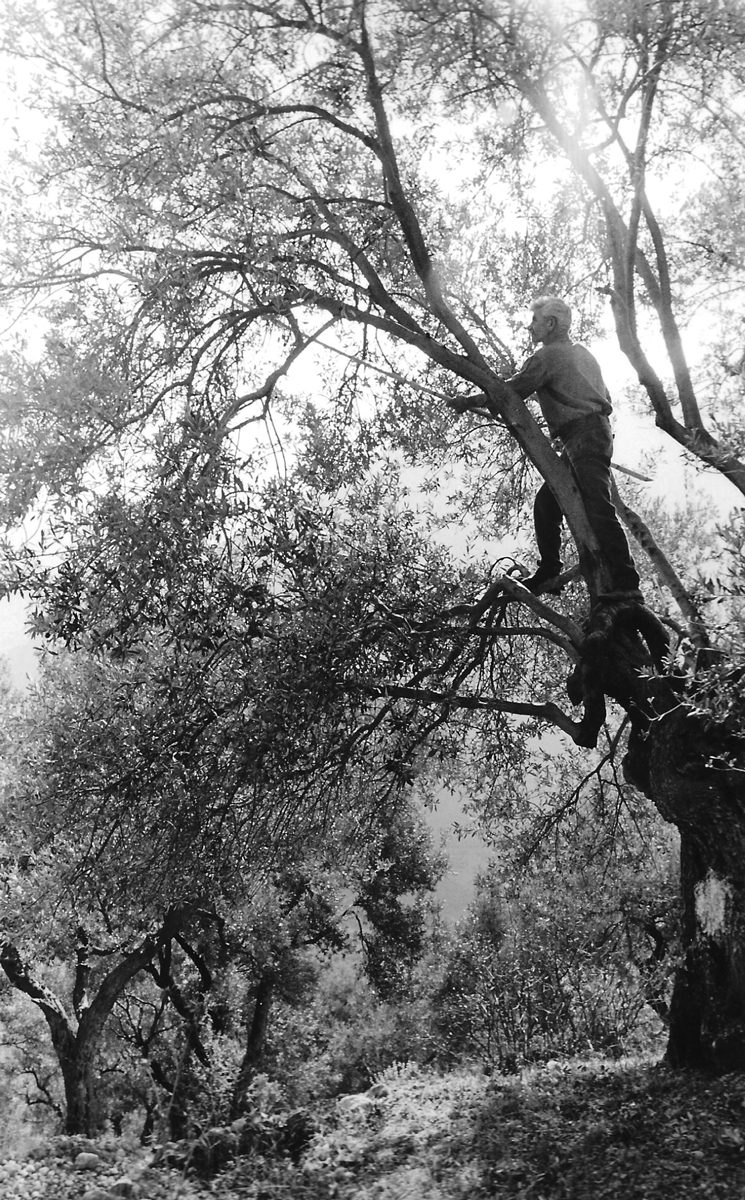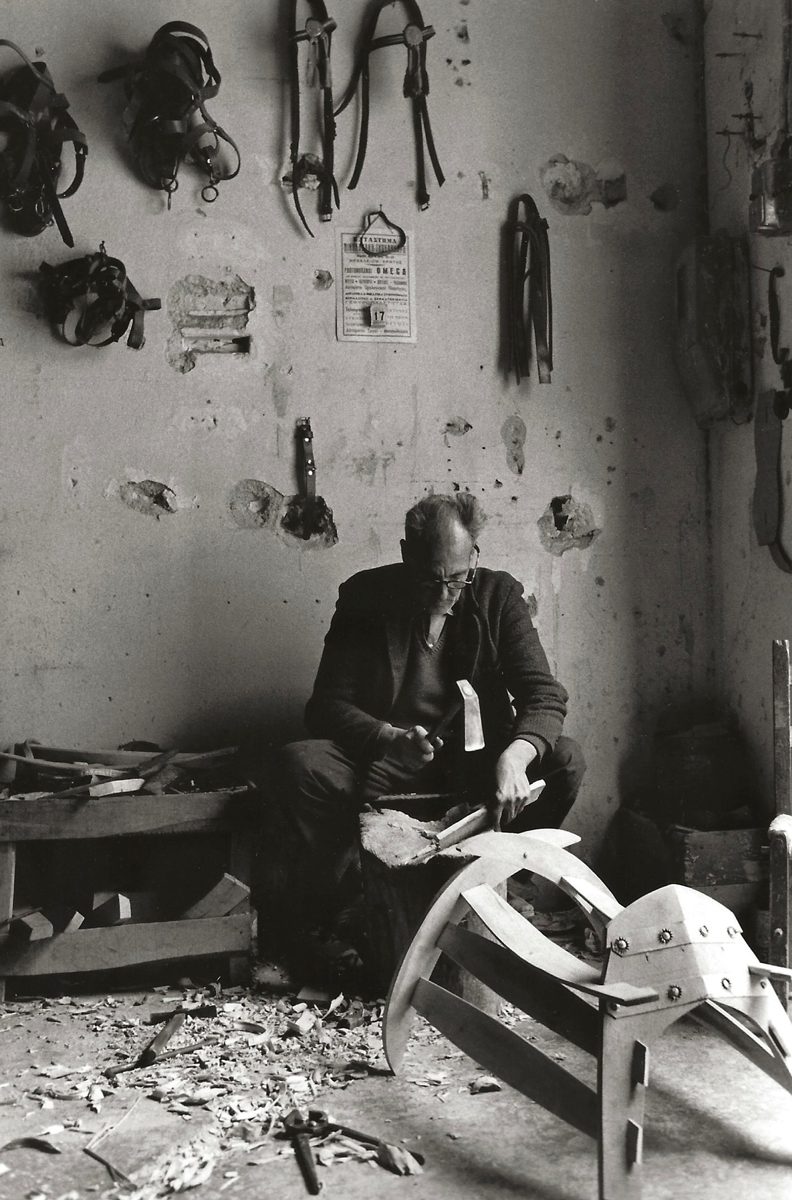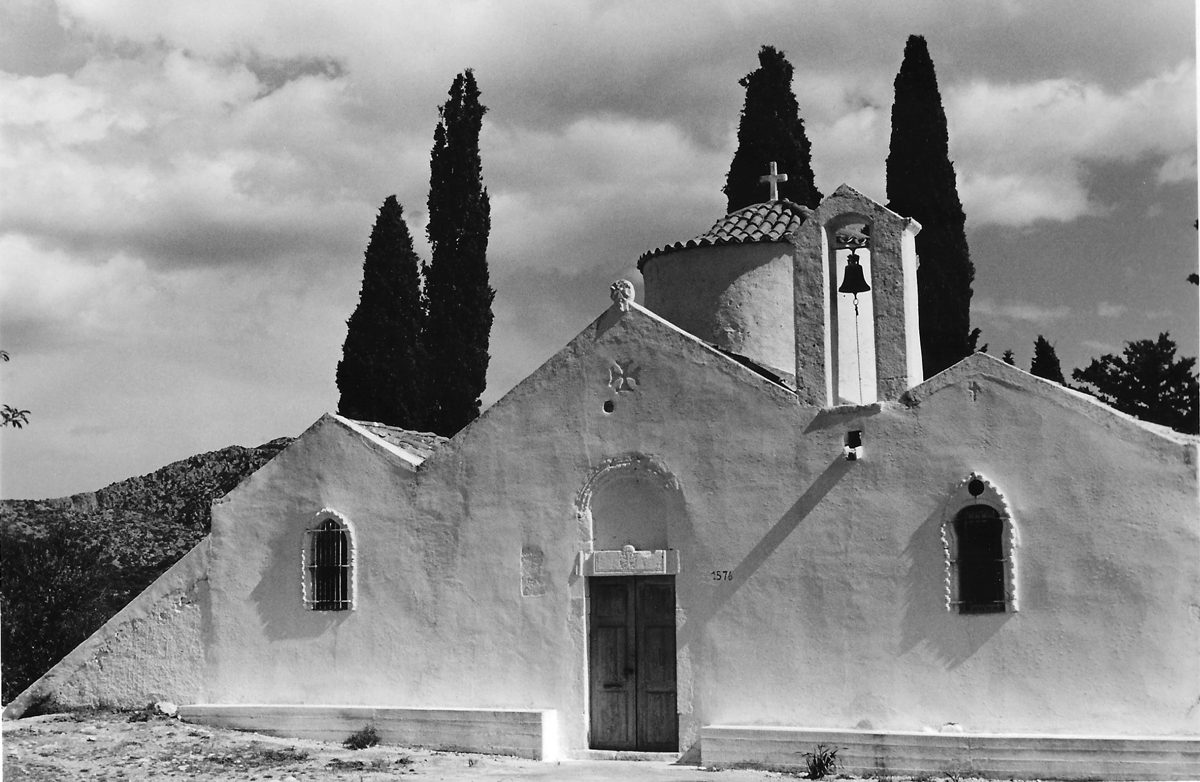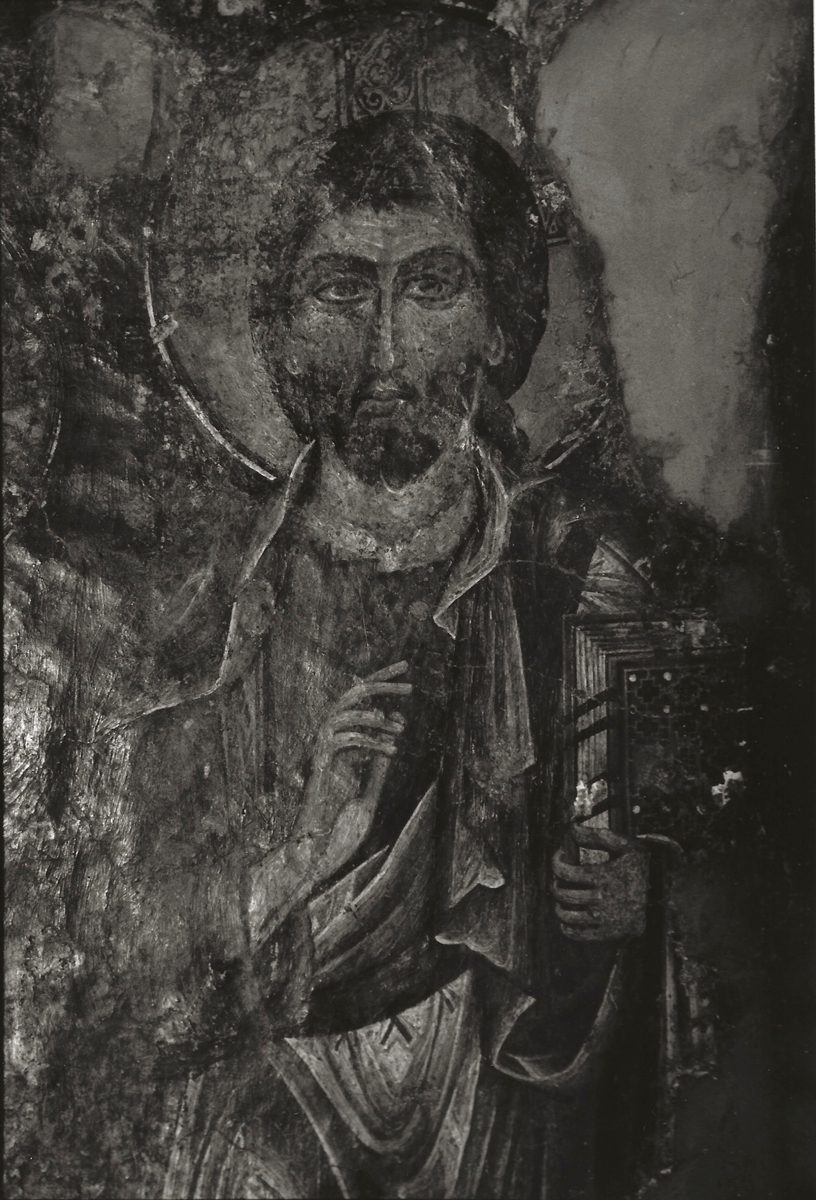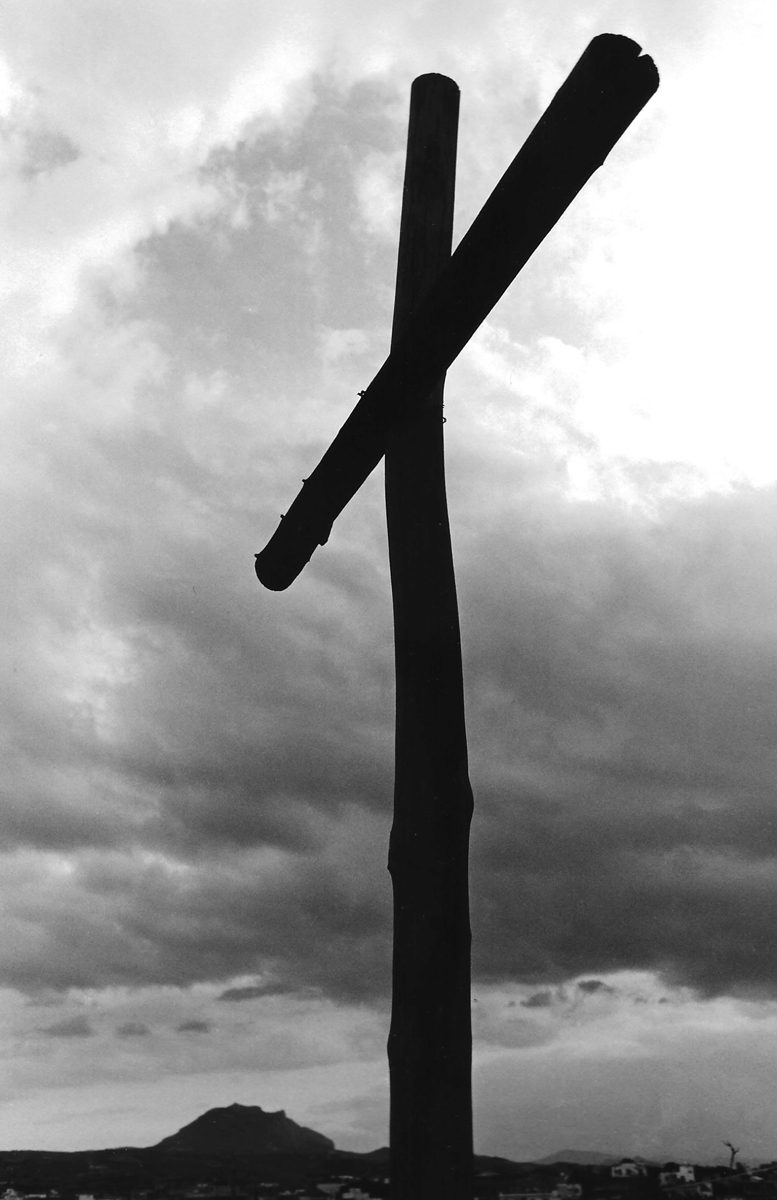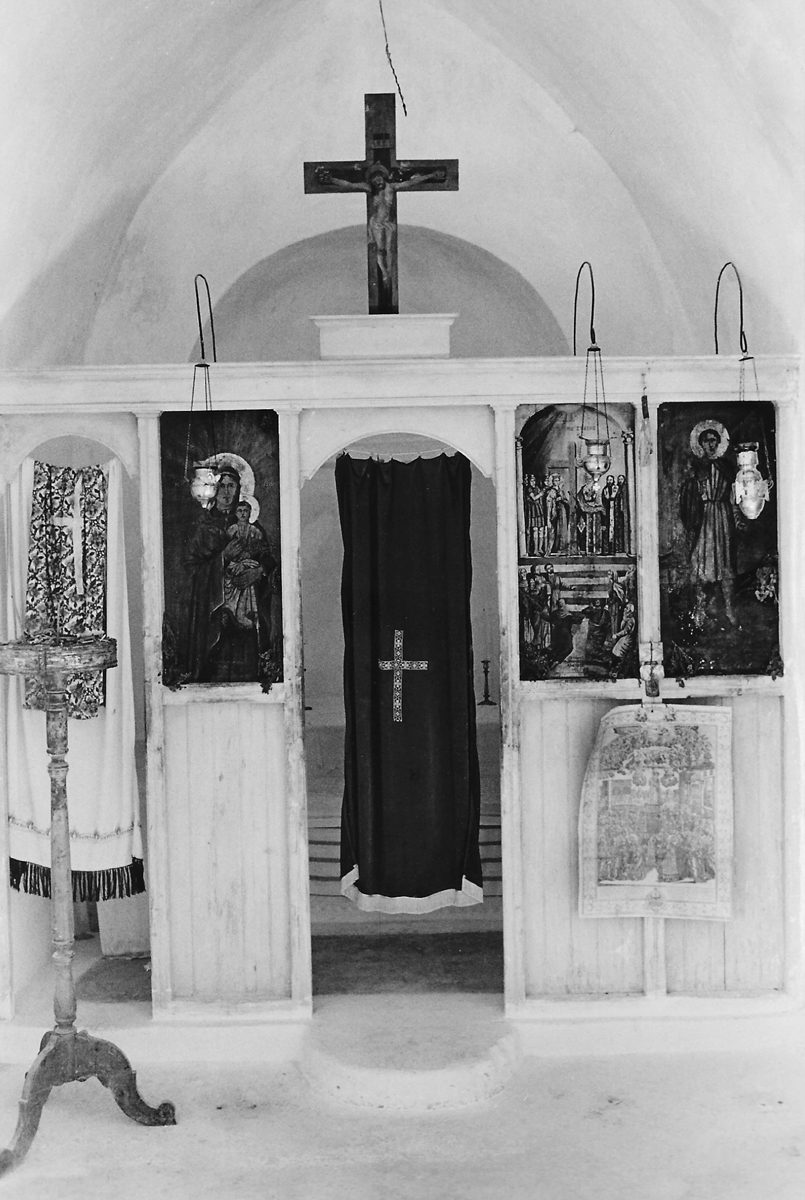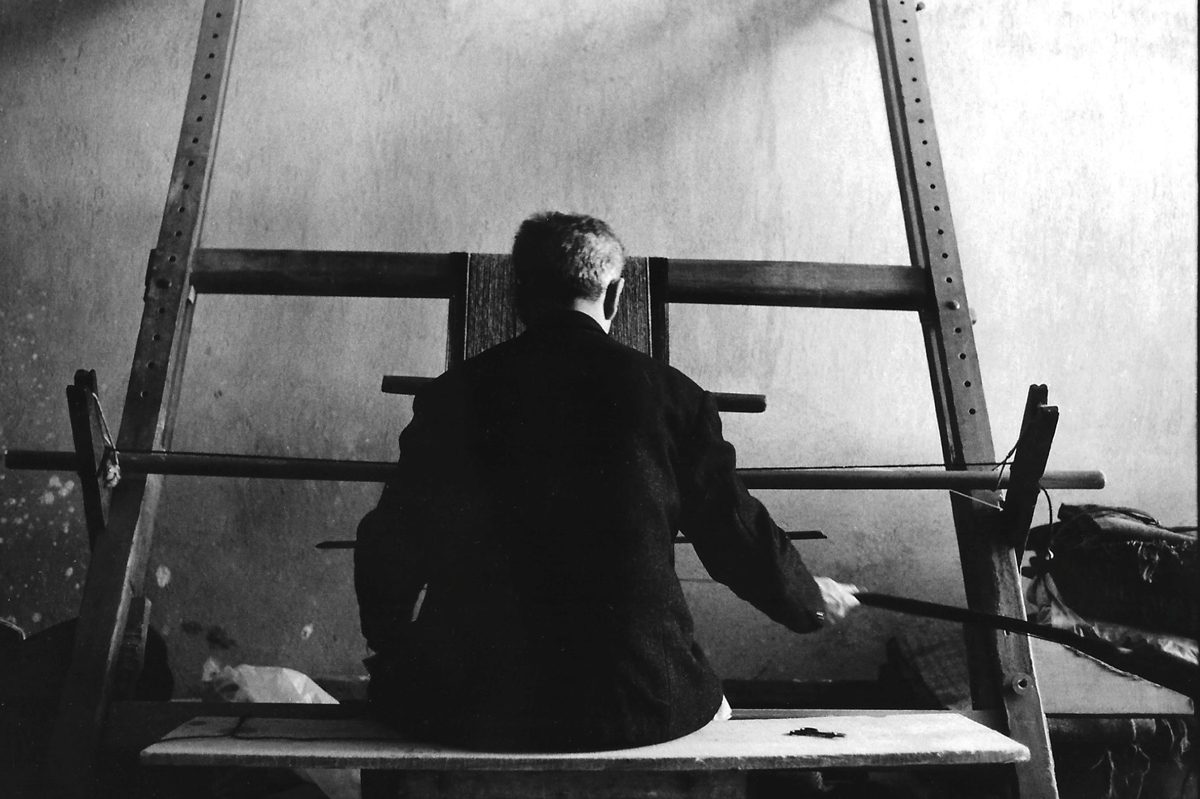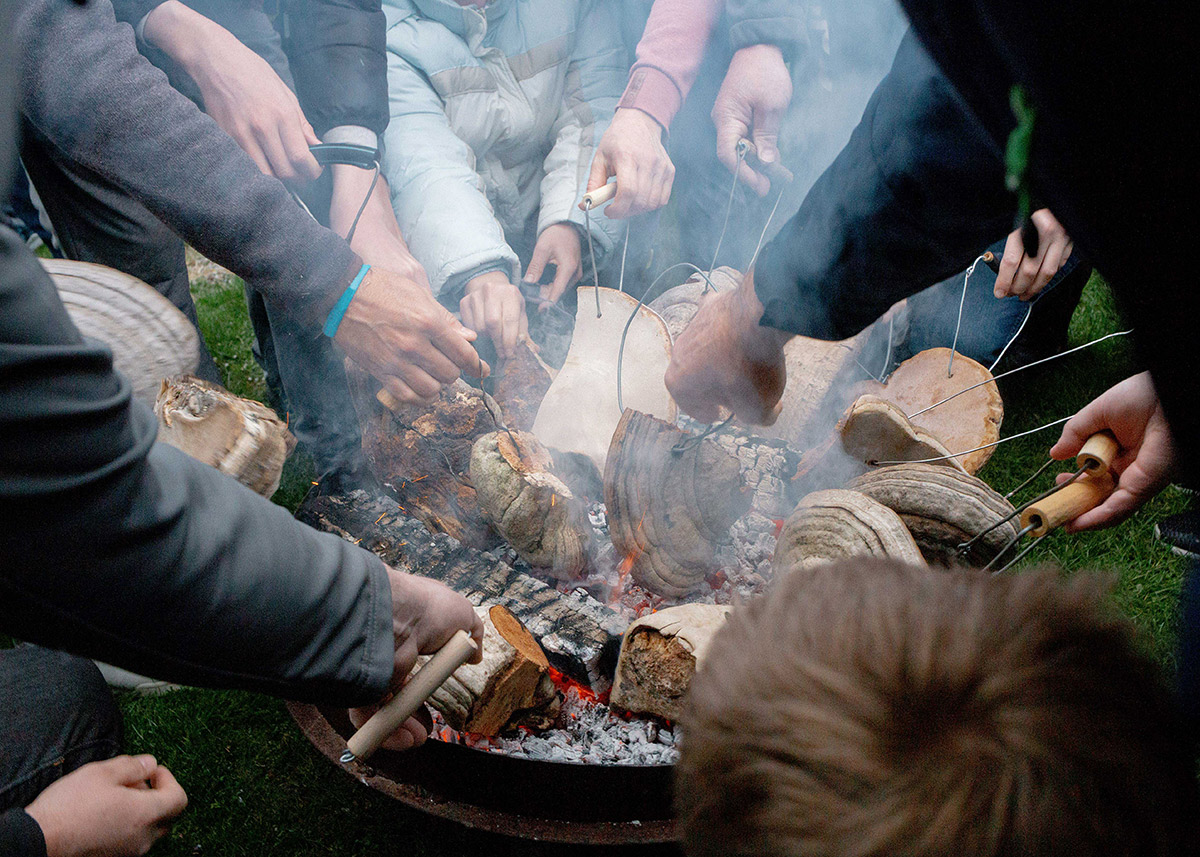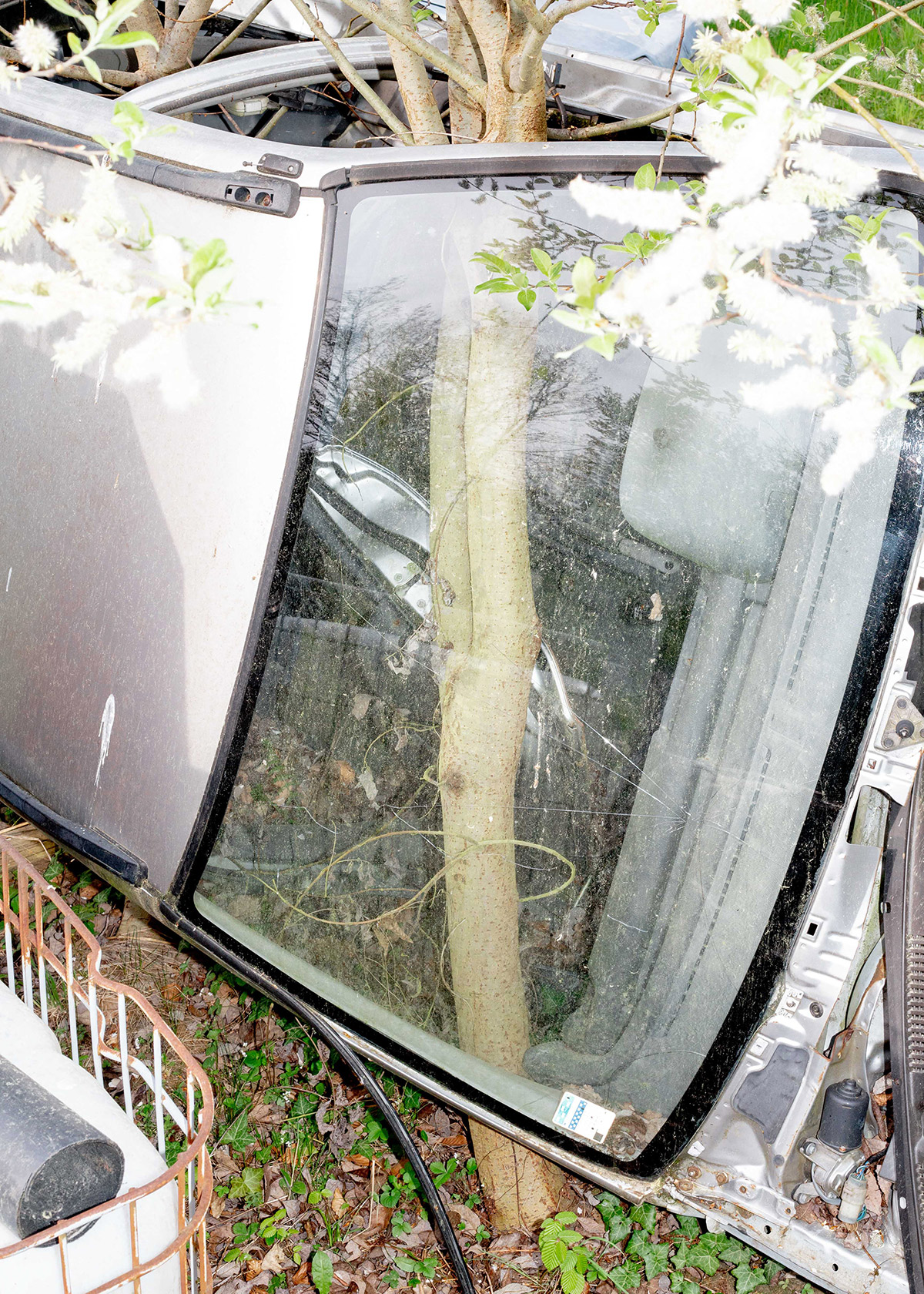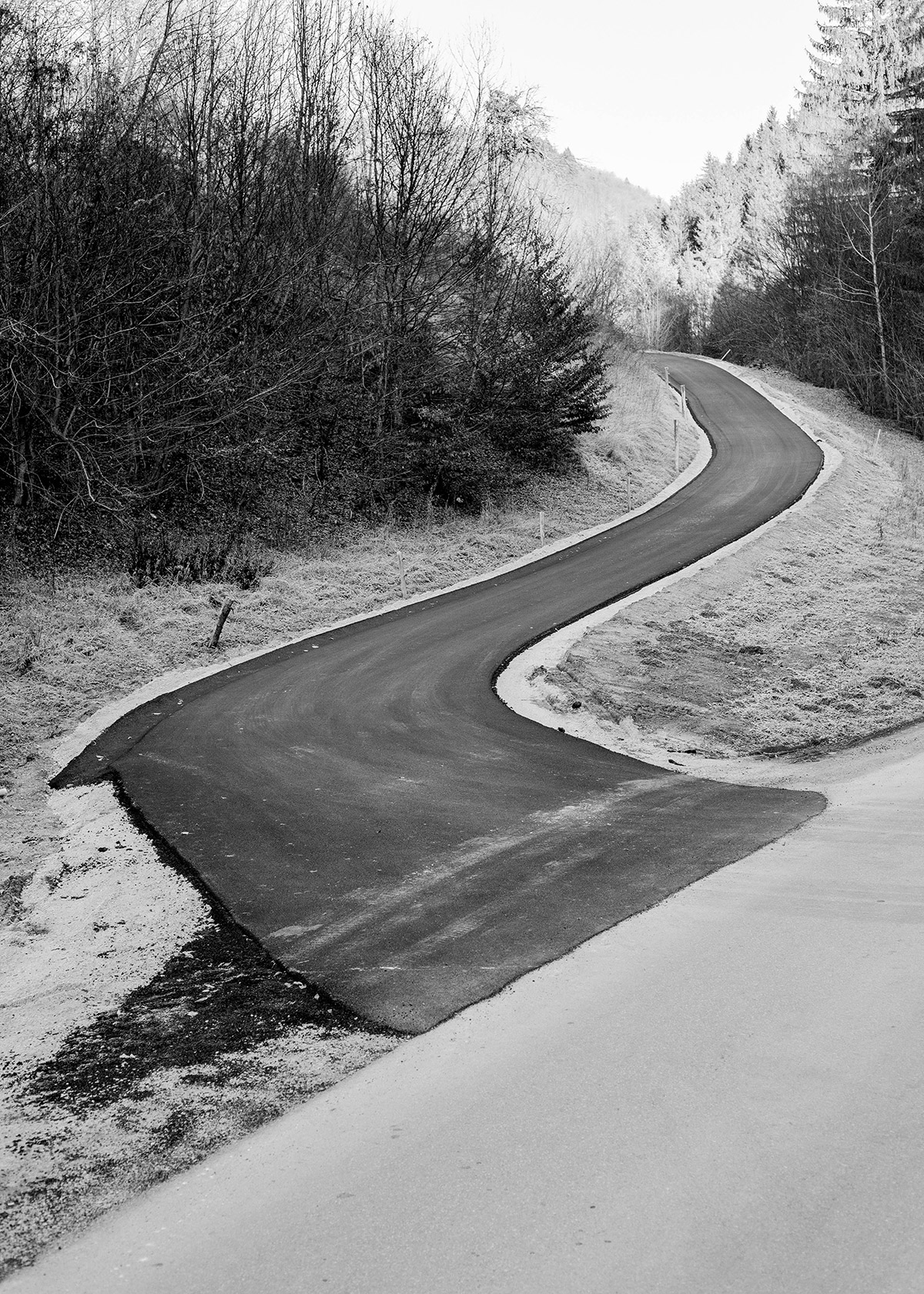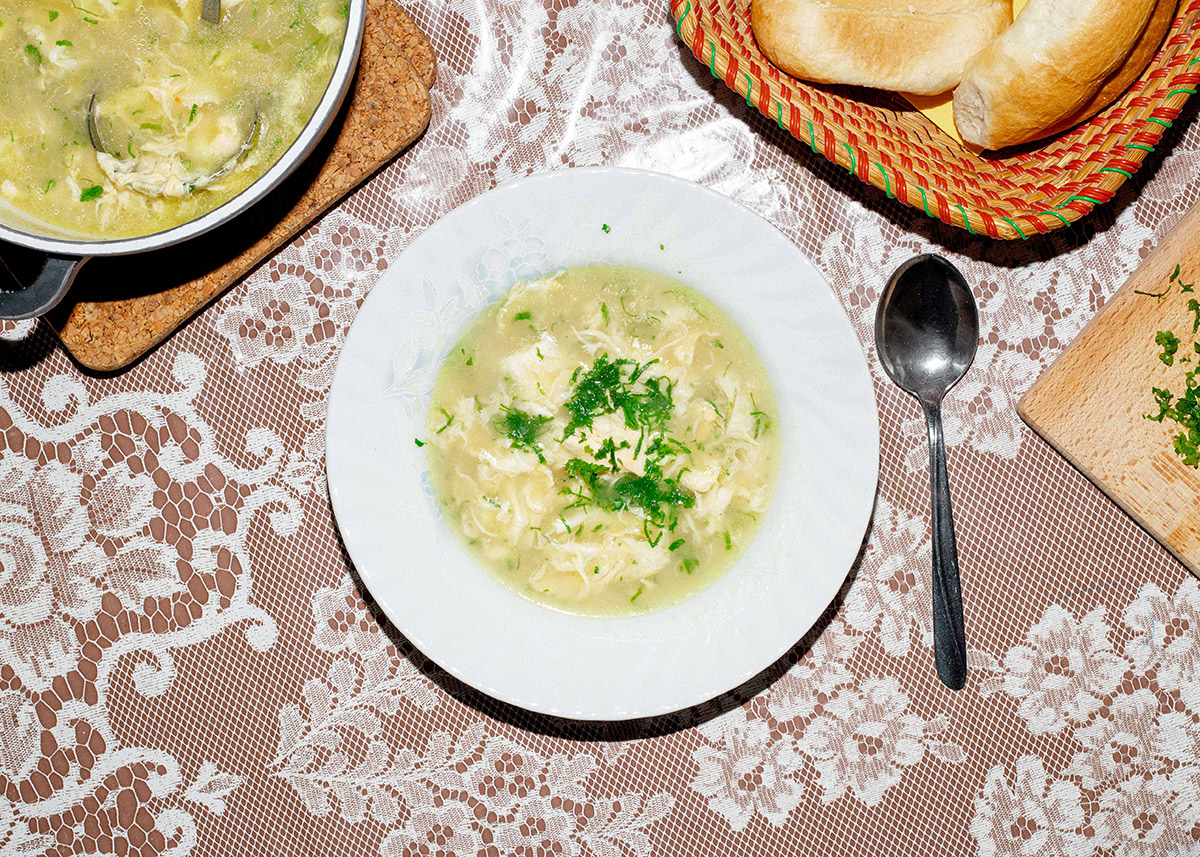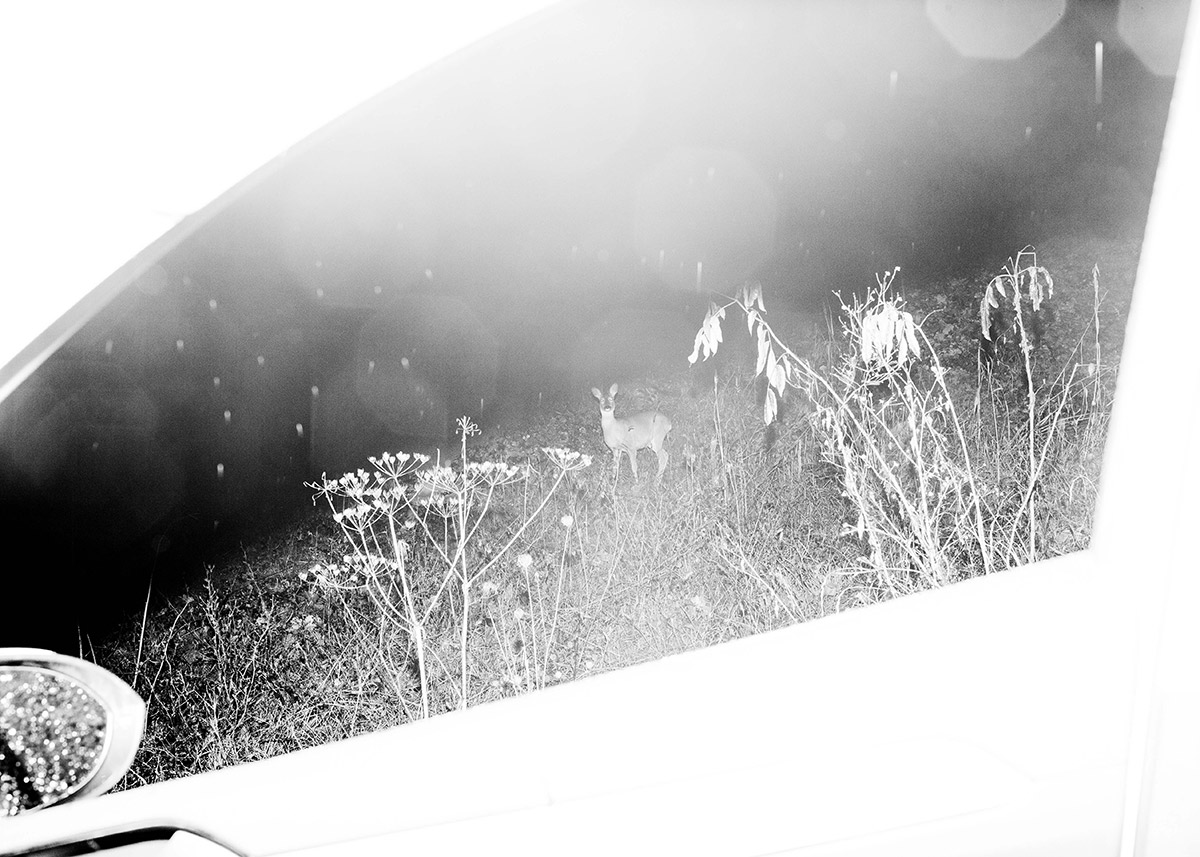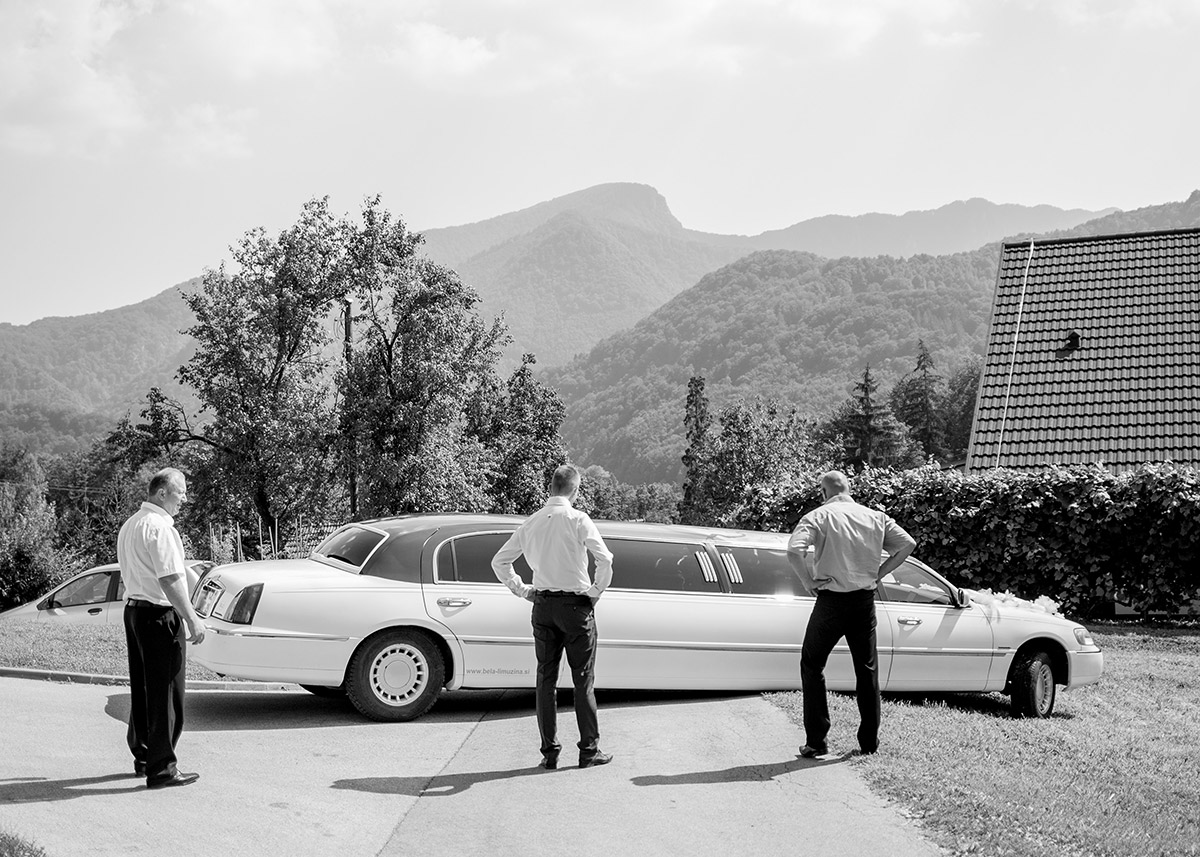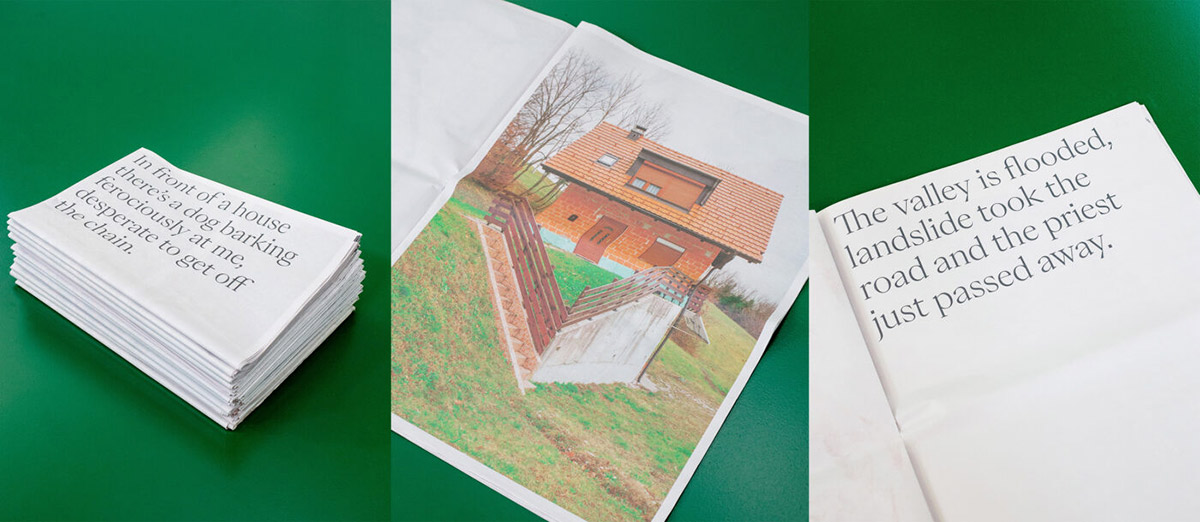
“La veillée au candélou” (2020), wax, steel, and wicks, 200 x 200 x 225 centimeters, installation view at Palais des Beaux-Arts de Paris. All images courtesy of Juliette Minchin, shared with permission
French artist Juliette Minchin appreciates wax for its ambivalence. Activated by heat, the modest material can be smooth or crinkled, firm or pliable, and molded into a distinct shape or pooled into a puddle of liquid. No matter its current form, though, wax can quickly morph from one state to another, and this impermanence is partially what inspired Minchin to incorporate the sticky compound into her practice about five years ago.
Today, the artist creates large-scale installations and sculptures often embedded with candles. “The cross, vigil with thorns,” for example” arranges 33 wax-dipped panels in an enormous T-shape centered in a stark 13th-century Cistercian abbey. Each day, 363 wicks burned and melted away the dried substance to slowly reveal a botanical motif in steel.
Alternatively, architectural works like “Vitrail soufflé” are static for longer periods. The stained-glass window rendition features sheer, curtain-like panels bulging and falling around an arched metal frame based on the original construction. Appearing caught in the wind, the billowing sheets are made by pouring liquid wax on flat surfaces to create a thin layer, which Minchin peels off while warm. “I place them on the metal structures, and I have about two minutes to sculpt them. It’s a dialogue between what the material offers me and where I want to take it. I have to let myself be guided by the accident and instantaneity,” she tells Colossal.

“Vitrail soufflé” for ‘RIVELAZION’ at Museo Sant’Orsola Florence
While the physical properties are endlessly appealing, Minchin is also intrigued by wax’s cultural and spiritual connotations, particularly superstitions and funerary rites. Romans would sculpt lifelike masks to immortalize the deceased, and the ancient embalming method of mummifying shares an etymological root with the Persian word for wax. Candles, though, also signify light and hope for the future, and the contrast between life and death adds to the material’s ambiguity.
Minchin sees her work in this same vein, “as much a destruction as a rebirth” because she re-melts and molds the materials from one piece into subsequent projects. “Paradoxically, the process of destruction makes the work very much alive, since it evolves without the artist’s hand and generates forms autonomously,” she adds, likening wax to human flesh for its protective and vulnerable qualities. This bodily metaphor returns again and again in her practice, particularly as it relates to life’s cycles and time passing. The melting process, she explains:
…is like a soul leaving one body for another… I am inspired by the classical concept of memento mori when two opposite states, two contradictory times cohabit in the same object: stability and fall, presence and absence, birth and (disappearance). Is it disappearing or being born? I want to produce an image of a ruin where some parts were saved and partially reconstructed and that we have the feeling of a day after a party.
Minchin’s work will be on view in June at Art Basel with Anne-Sarah Bénichou Gallery and later that month for a solo exhibition at Museo Sant’Orsola in Florence. Until then, find an archive of her projects on her website and Instagram.

Installation view at Beaulieu Abbey in Rouergue of “The Cross, vigil with thorns,” wax and steel, 28 meters x 11 meters x 2.25 centimeters. Photo by Damien Aspe

“Solstice” (2021), wax, steel, and ceramic beads, 100 x 200 x 240 centimeters. Image ©ABAD

“Lustre” (2024), wax and steel, 200 x 120 centimeters. Installation view of ‘Rivelazioni’ in Florence. Photo by Cinestudio

“Veillée aux racines (Vigil with roots),” installation view for ‘RIVELAZIONI’ at Museo Sant’Orsola, Florence. Photo by Cinestudio

“Oculus” (2023), wax and brass, 80 x 20 centimeters

Juliette Minchin with “Cascade” (2023), 5 x 3.4 meters, wax and steel, at Patinoire de Saint-Ouen. Photo by Romain Darnaud
Do stories and artists like this matter to you? Become a Colossal Member today and support independent arts publishing for as little as $5 per month. The article Inspired by Impermanence, Juliette Minchin Burns Down Her Elegant Wax-Dipped Installations appeared first on Colossal.












